|
Nestled in the gently rolling hills of Tuscany in the heart of the Chianti Classico zone lies the family-run estate of Rocca delle Macìe. The late Italo Zingarelli, a well-known actor who was also at age 28 the youngest movie producer in Italy, decided to pursue his true passion and lifelong dream of producing wine. His youngest son, Sergio said, “It was my father’s dream to have a winery.” In 1973 that dream was realized with the purchase of the “Le Macìe” estate. At the time Italo acquired it, only two acres out of 230 acres were under vine. The 14th-century farmstead was in disrepair along with acres of neglected vines. Working together, Italo and Sergio replanted the vineyards and restored the farmstead. More property was purchased and a state-of-the-art cellar was built and modern winemaking equipment was installed. Today, the family has six estates throughout Tuscany comprised of 1500 acres with a total of more than 500 acres under vine and 54 acres of olive groves. Le Macìe, Sant’Alfonso, Fizzano and Le Tavolelle estates are located in the Chianti Classico area. And Campomaccione and Casa Maria estates are located in the Morellino di Scansano area (Maremma). Italo instilled his love and passion for wine and the Tuscan land in his three children, Sergio, Fabio and Sandra. Sergio is quoted as saying, “My father Italo managed to infuse us with his great passion for the Tuscan soil and for the art of making wine. In short, he gave us the desire and the enthusiasm to continue to write that never-ending story that links wine to the lives of human beings. With his cast-iron will, he taught me that to get an idea off the ground takes determination...” In 1984 Sergio assumed responsibility for estate’s worldwide distribution and in 1989 he was appointed Company President. Sergio’s wife, Daniela works with him in running the business. Sergio has been a member of the Executive Board of the Chianti Classico Consortium since 1995 and in 2012 he was appointed President. In 2015 he was confirmed for another three years. I had the pleasure of spending an afternoon with Sergio a few months ago at a winemaker luncheon for a vertical tasting of six Rocca delle Macie’s historic cru wines made exclusively with grapes grown in their Fizzano estate vineyard. Fizzano Farm was purchased in 1984 and spans across 150 acres with 88 acres under vine. The grape varieties grown here are the iconic Sangiovese as well as Merlot and Cabernet Sauvignon. Miocene deposits with a sandy-loamy texture and pebbly soils make up the soil composition. The vineyards have an excellent southern exposure at 985-623 feet above sea level and the mild Mediterranean climate contributes to maintaining the balance of the grapes acidity, sugar and aromas. Our vertical tasting began with three library wines. Library wines are portions of a vintage that have been set aside in the vintner’s cellar as part of their private stock to be enjoyed at a later date. It is not uncommon to store a few cases from each vintage. This area of the cellar is referred to as “the library”. Chianti Classico DOCG Riserva di Fizzano 1995, 1999 and 2005 are made with 85% Sangiovese, 10% Cabernet Sauvignon and 5% Merlot. They are library wines that still make a statement. The 1995 vintage still exhibits tannins along with soft, red dried fruit and earth. The 1999 vintage is rich with plum, blackberries and hints of cherry. The 2005 vintage is remarkably ripe with red berries, spice and hints of espresso. Chianti Classico Gran Selezione DOCG Riserva di Fizzano 2011 is a blend of 95% Sangiovese and 5% Merlot. Gran Selezione is a new classification above Riserva for Chianti Classico DOCG as of 2014. Grapes must be harvested only from the winery’s vineyards along with upgraded requirements for alcohol, extract and a minimum aging of 30 months. The 2011 vintage is quite aromatic with a palate of ripe dark berries, dark cherry, spice and refined tannins. SRP: $39.99 Chianti Classico Gran Selezione DOCG Riserva di Fizzano 2013 is a blend of 95% Sangiovese and 5% Merlot. Dark berries, plum, spice, dark cherry, clove and a touch of chocolate grace the palate. SRP: $39.99 Chianti Classico Gran Selezione DOCG Riserva di Fizzano 2015 The blend for this wine is 93% Sangiovese and 7% Colorino. Although Colorino is used primarily to add color to the wine, the grape has elevated tannin levels that can contribute to the complexity of the wine. This wine is very aromatic with lush berries and spice. The palate offers rich, ripe red berries, plum, cherry, spice, anise and vanilla. I look forward to tasting this wine again in a few years SRP: $39.99 In addition to the vertical tasting, we sampled four more wines that made my palate quite happy. Chianti Classico DOCG 2017 is a blend of 95% Sangiovese and 5% Merlot. Aged eight months in the barrel. The palate offers fresh ripe fruit, berries, dark cherry, soft tannins and a hint of herbs. SRP: $16.99
Chianti Classico Riserva DOCG 2016 is a blend of 90% Sangiovese, 5% Colorino and 5% Cabernet Sauvignon. Aged two years in French oak. Ripe dark berries, spice, anise, soft tannins and a touch of herbs. SRP: $26.99 Chianti Classico Gran Selezione DOCG Sergio Zingarelli 2013 is a blend of 90% Sangiovese and 10% Colorino. The best grapes are sourced from Le Terrazze Vineyard. The wine is aged for 18 months in French oak. Vibrant aromas of floral, dark fruit, toast and earth lead to a palate of berries, plum, cherry, spice, pomegranate, anise and dark coffee beans. Smooth tannins and beautifully structured. SRP: $99.99 Chianti Classico Gran Selezione DOCG Sergio Zingarelli 2014 is 100% Sangiovese. The best grapes are sourced from Le Terrazze Vineyard. It is aged for 20-24 months in French oak. This wine has a rich palate of plum, blackberry, raspberries, cherry, juicy tannins and spice. It is beautifully balanced and elegant. I asked Sergio if climate change has affected the vineyards and if so is there a difference in the wines produced. Sergio replied, “Climate changes didn't affect our vineyards but mostly the way to manage them. Our vineyard manager, of course, needs to spend more attention on the long-term forecast in order to avoid any negative influences on the canopy and of course on the grapes. Fortunately, we have now to our disposal new and more accurate technical equipment that can be used to predict and to control the balance between the growth of the vines and the quality of the grapes. Of course, the wines change if we have a hot and dry harvest or a colder one, but we are trying to keep the same style and philosophy every year.” Sergio talked about his biggest challenge in the vineyards. “We work very hard since the year 2000 to reduce or not use any chemical treatments. We can make this possible using different weather stations, with very hard work in the vineyard and using different viticulture strategies. As per example, the use of "mating disruption" to confuse some different insects with pheromones in the vineyards; the use of antagonists of some insects to control others one. Another challenge is to not use any chemical herbicides since 2000, using only mechanical removal of the herbs under the vines; maintain as best we can a stable balance in the vigor and quality of grapes ratio using only organic fertilizers and a very specific program of cover crops serving as the specific goals and nature of the soils of the different vineyards.” It was a great afternoon of exploring and tasting this impressive lineup of Rocca delle Macìe wines. All of the wines that we tasted are beautifully crafted. And as Sergio said, “The wines must be elegant and give expressions of the vineyard”. Sergio has done just that! Until next time… Cheers! Penina To leave a comment or if you have an inquiry, please contact me at [email protected] If wondering what wine to serve at holiday time, you might want to add this lovely Tempranillo from Spain to your shopping list. This wine makes a bold statement, but it is light enough to pair with traditional holiday fare. CVNE (pronounced coo-nay) is an acronym for Compania Vinicola del Norte des Espana, one of Rioja’s most iconic wine producers. CVNE expanded their territory to include a 182-acre estate in Ribera del Duero in northern Spain with the focus of bringing their Rioja elegance to the rugged Ribera del Duero region. The Bela winery was built here in 1999 and is located in the village of Villalba del Duero, in the province of Burgos. Vines were planted with mostly Tempranillo in 2002 at an altitude of 2674 ft. The climate leans toward continental with a complexity of soils throughout the region. Soils for this wine are calcareous clay and sandy loam. Bela, Ribera del Duero DO 2017 is 100% Tempranillo. This wine is aged for six months in American and French, new and one-year-old oak barrels. Intense aromas of dark fruit, floral, baking spice and a touch of earth set the stage for this terroir-driven wine. The palate is layered with dark berries, dark cherry, plum, spice, anise and a hint of minerality. Vanilla and pepper linger on a long finish. This is a graceful wine with soft tannins and brimming with character. It is an easy wine to pair with a wide range of cuisine. Alcohol: 14% SRP: $19 I served this wine with mustard and brown sugar-crusted salmon, roasted brussel sprouts and mashed potatoes. It was a beautiful pairing and my palate was very happy! Until next time…
Cheers! Penina To leave a comment or if you have an inquiry, please contact me at [email protected] Around this time last year, I reviewed Ferraton Père & Fils La Matinière Crozes-Hermitage and Samorëns Côtes-du-Rhône Red 2015 vintages. Ferraton Père & Fils is a producer and négociant of wine throughout the Rhône Valley. Twenty percent of Ferraton production is estate wines with grapes sourced from the domaine’s 37 acres in the Northern Rhône’s Hermitage, Crozes-Hermitage and St. Joseph appellations. The rest is sourced from sustainably farmed fruit in both Northern and Southern Rhône appellations all of which are biodynamic and certified organic. To learn more about this producer and the Rhône Valley, please click ‘Ferraton Père & Fils’ or Rhône Valley on the menu at right. The 2017 vintages of Ferraton Père & Fils La Matinière Crozes-Hermitage and Samorëns Côtes-du-Rhône Red are quite pleasing to the palate and light enough to be enjoyed with a variety of cuisine. La Matinière Crozes-Hermitage 2017 is 100% Syrah. Crozes-Hermitage is the largest appellation in the Northern Rhône and is known for its exceptional Syrahs. The climate here is moderate-continental and a bit cooler than the Southern Rhône but still it is far enough south to produce earlier ripening grapes. The grapes for the La Matinière are sourced and blended from a mix of estate and neighboring vineyards in the Mercurol and Beaumont-Monteux districts of central and southern Crozes-Hermitage. Glacial alluvial deposits with rounded pebbles, stones and gravel soils along with potassium residue can be found here, which contribute to fleshier, rounder wines. This wine is partly matured in oak barrels for 12 months before bottling. This wine begins with lovely floral aromas mixed with strawberry, cherry and baking spice. The palate offers an array of red fruit such as raspberry, pomegranate and sour cherry. It has a nice balance to it that finishes with hints of pepper, cherry and vanilla. Alcohol: 13% SRP: $26 Samorëns Côtes-du-Rhône Red 2017 is a blend of 85% Grenache, 10% Syrah and 5% Cinsault. Grapes are sourced from vineyards situated on the left bank of the Southern Rhône with flatter terrain that consists of stony soil including limestone, clay and sand. The climate is Mediterranean with mild winters and warm, dry summers. This terroir-driven wine bursts open with aromas of berries, floral and spice. The palate offers juicy red fruit with flavors of blackberry, dark raspberry, anise and spice with a tart plum skin finish. It is the perfect combination of fruit and savory.
Alcohol: 14.5% SRP: $16 With the holidays fast approaching, you won’t go wrong with adding these wines to your shopping list and dinner table. Until next time… Cheers! Penina To leave a comment or if you have an inquiry, please contact me at [email protected] When you can’t choose between drinking red or white wine and circumstances permit, try both and let your palate choose. That’s why I love using my Coravin system; there is no waste factor in my home! Donald Hess is the founder of Hess Wines, a family-owned, fifth-generation company located in Napa Valley, CA. In the 1970s, while on a business trip to Napa Valley, Donald took an interest in mountain winegrowing. He ascertained that the Mount Veeder mountain vineyards were an ideal area for growing grapes, which produce unique character and flavor due to the microclimate and soils. In 1978 Donald made his first land purchase on Mount Veeder, a property in which winemaking and farming have a history going back as far as 1876. This property is now the site of the Hess Collection Winery. By 1982, Donald had acquired 900 acres and in 1986 he opened the Hess Collection Winery to the public. Dave Guffy became Director of Winemaking in 1999 and Donald formally retired in 2011, passing on the baton to his son-in-law Timothy Persson as CEO and his daughter Sabrina, the fifth generation of the Hess family. In addition to its mountain vineyards, Hess Wines has estate vineyards in areas such as Pope Valley and near the Carneros region of the Napa Valley. They also produce wine in Argentina and South Africa. Hess Wines focuses on sustainable practices in the vineyard and winery. “The wines cultivated at The Hess Collection follow the dictates of the Napa Green certified land and winery programs, as well as the California Sustainable Winegrowing Alliance “Code of Sustainable Winegrowing”, both third-party certification programs with significant oversight.” (Quoted from Hess website) My review today is on wines that come from Hess Allomi and Súskol Vineyards in Napa. Hess Collection Napa Valley Chardonnay 2017 is 100% Chardonnay. The grapes are sourced from Súskol Estate Vineyards located in one of the coolest growing regions within Napa. It is the site of an ancient seabed with shallow, sandy soils. Chardonnay is exclusively grown on this 175-acre vineyard with nine unique clones to work with. 70% of the blend goes through stainless fermentation and the remaining 30% sees a light touch of oak-aged for nine months in French oak, 19% new. Luscious aromas of floral, pear, honeydew and vanilla lead to a rich and creamy palate. Layers of melon, honeysuckle, pear and baking spice with hints of stone fruit are complemented by lively acidity and balance. Enjoy as an aperitif or serve with seafood, light pasta or cheese. Alcohol: 14.4% SRP: $22 Hess Collection “Allomi” Cabernet Sauvignon 2017 is a blend of 81% Cabernet Sauvignon, 12% Petite Sirah, 3% Petit Verdot, 2% Malbec and 2% Merlot. Grapes are harvested from Allomi Vineyard located in northeastern Pope Valley, a part of Napa Valley. Vines are exposed to a long, warm growing season and well-drained clay loam soils. There are 35 unique blocks with six different Cabernet clones in this 210-acre estate. Each block is evaluated and only the finest components are selected for each vintage. This wine is aged in 27% new American oak for 18 months. A profusion of black fruit and spice with hints of floral and vanilla greet the nose. The palate offers dark plum, black cherry and spice with a finale of dark chocolate, vanilla and sour cherry on a long and luxurious finish. It has a beautiful mouth-feel with well-integrated tannins. This wine is full of personality and simply put, is elegant. Serve with grilled meat, wild game, stews and grilled vegetables.
Alcohol: 14.5% SRP: $32 I look forward to revisiting these wines very soon! Until next time… Cheers! Penina To leave a comment or if you have an inquiry, please contact me at [email protected] Long before Israel became a state in 1948, Baron Edmond de Rothschild had his eye on the terroir of this Middle Eastern country that borders on the Mediterranean Sea. Although this area has a 5000-year history of winemaking, it didn’t become a “modern wine industry” until the 19th century. It was 1882 when the first Israeli settlers from Europe asked for Baron Rothschild’s help after encountering many problems in cultivating the land. They needed guidance due to their lack of expertise and unfamiliarity with the soil. The Baron known as the “Benevolent Provider” and owner of the famous Chateau Lafite Winery in Bordeaux sent representatives to Israel to assess the situation. Once there, they discovered that the climate and growing conditions in Israel were quite similar to that of Bordeaux and suggested planting wine vineyards. Acting on their advice French rootstocks were imported from Bordeaux to Israel in 1882, along with the Baron’s advisory committee to help the settlers. By 1889, with the Barons’ financial assistance and instructions, construction of a winery in Rishon Lezion in the Galilee region was almost completed and it eventually became Carmel’s first winery and head office. And by 1890 the first grapes were harvested. His second winery was built in Zikhron Ya’akov on Mount Carmel in 1892 and in 1895 Carmel Wine Co. was formed to export wines. In 1957 James Rothschild, son of the ” Benevolent Provider”, passed ownership of the winery to the Winegrowers Association. The Carmel winery continued to grow and in 2013 a private investors group acquired control of Carmel Winery. Not only is Carmel Winery the first winery in Israel, but it is also the largest wine producer here with four wineries and five wine collections. They have vineyards all over the country with the largest vineyards on the slopes of Mt. Carmel. Approximately 3,472 acres of vineyards extend from the Upper Galilee and the Golan Heights in the north to the Negev in the south. The majority of Carmel’s most recent vineyards are planted in the Upper Galilee region, which is the source for most of the finest wines produced by the Carmel Winery. I recently received three samples of Carmel Winery wines from their Private Collection. The Private Collection series consists of varietal and non-varietal high-quality wines from grapes that are grown in top vineyards throughout Israel. These wines are characterized by their fruit-forward styles and easy food pairing qualities. Carmel Cabernet Sauvignon 2018 is 100% Cabernet Sauvignon grapes that were harvested in the Galilee region. The wine is aged for eight months in French and American oak barrels. A lovely bouquet of berries, cherry, spice and chocolate pave the way for a juicy blend of blackberry, blueberry, plum, spice, licorice and chocolate. Vanilla and pepper round out a long finish. It is nicely balanced with silky tannins. Alcohol: 14% SRP: $15 Carmel Shiraz 2018 is 100% Shiraz grapes that were harvested in the Shomron, south of Galilee and a key wine region in Israel where Mount Carmel is. The wine is aged for eight months in French and American oak barrels. This is a very aromatic wine with notes of strawberry, spice, and hints of floral and earth. The palate is layered with blackberry, red raspberry, plum, cranberry spice, cloves and vanilla. Tannins are smooth and sweet spice lingers on a long finish. Alcohol: 13.5% SRP: $15 Carmel Winemakers Blend 2018 is a blend of 50% Cabernet Sauvignon and 50% Merlot. The grapes are harvested from the Galilee region and the wine is aged for eight months in French and American oak barrels. A bouquet of red fruit, spice and floral set the stage for a palate filled with black raspberry, plum, pomegranate, vanilla and spice. A nice blend of fruit and savory with mocha and tart black cherry are the grand finale on a long finish. Alcohol: 14% SRP: $15 All of the above wines are dry, refined and refreshing. Their easy-drinking style allows for pairing with a variety of dishes. And the price to value ratio is impressive. All Carmel Winery wines are certified OU Kosher.
Until next time… Cheers! Penina To leave a comment or if you have an inquiry, please contact me at [email protected] When one thinks of German wines, most often it is Riesling that comes to mind. And if asked to name a few wine regions in Germany, the answer is usually Rheingau, Mosel, Rheinhessen, and Pfalz. However, there are 13 wine regions throughout Germany, some lesser-known than others. If you haven’t heard of the Franken wine region or its special wines, then you need to pay close attention. This is a wine region that is not to be missed. From its terroir-driven wines and delectable cuisine to the fairytale towns rich with history, Franken is a magical place to explore. And I can’t think of a better setting for sipping wine than to be surrounded by medieval villages, castles, beautiful landscapes and miles of terraced wine vineyards! Located in the northwest part of Bavaria, Franken is the most easterly of the wine regions situated on the Rhine to the west and stretching eastward along the Main River. (pronounced Mine) The Main River is the longest river within Germany. Steep south facing wine vineyards dramatically adorn the banks of the Main River and its tributaries as it weaves in and out of some of the best wine-producing villages and towns (15 sub-regions) in Franken. The history of Franken winemaking dates back to over 1200 years ago. An old document shows that Charlemagne, the medieval emperor who became king of the Franks in 771, gave Fulda Abbey a winery in the year 777. During medieval times winemaking grew and there were over 40,000 hectares of vineyards in Franken. However, by the 20th century, the vineyards had decreased to less than 2100 hectares. Today, there are approximately 6,139 hectares of wine vineyards throughout Franken. Approximately 70 different grape varieties are grown here of which 80% are white grape varieties. Although Franken is best known for its signature white grape, Silvaner, Müller-Thurgau takes the lead in the number of vines. Here is a quick look at Franken’s most important grape varieties in terms of production. White Grapes Red Grapes Müller-Thurgau 27.7% Spätburgunder 4.3% Silvaner 23.1% Domina 5.4% Bacchus 11.9% Riesling 5.3% Kerner 3.3% The weather in Franken is typically continental with warm, dry summers and long cold winters. Because Riesling is a late-harvest grape, it only plays a minor role in production due to the risk of frost damage. Soil types vary throughout the region and include weathered primitive rock and red-colored sandstone, Muschelkalk (shell-limestone), and Keuper (colored and/or gypsum marl). These soils evolved over a 250 million year span along the Main River and they greatly influence the character of the grapes in this region. For the most part, dry wines are the majority of wines produced here and are typical of this region. Franken wine region has both regional and smaller cooperatives in addition to private and state-owned estates. I had the opportunity to visit several privately owned wineries starting in the east and working our way west and I tasted through many wines at each stop. For the purpose of this story, I will introduce the wineries and highlight a few wines from each winery. As you look through the wine photos you will see a uniquely shaped bottle called a Bocksbeautel. This bottle has been used for over 250 years in Franken to hold top-quality wines. In 1989, the European Union patented the bottle and it is only allowed to be used for Franken wines. Approximately 43% of Franken wines are bottled in a Bocksbeautel. We heard many stories and versions of its origins and shape as we made our way through Franken, most with good humor. However, the reason behind the Bocksbeautel’s distinctive shape was to distinguish it from other wine bottles and to signify that it held outstanding wine. As to how that shape was chosen, I will let you do your own investigation to determine which story you like best. The Bocksbeautel holds 750ml of wine, has a round, flat body and a short neck and is an attention-getter, but it is definitely not designed for a wine rack! Weingut Kremer is located in Großheubach, a small community in lower Franken. The winery was established in 1975 and is family-run. Second generation Uli Kremer who runs the winery with his parents and wife hosted our wine tasting. They have 18 grape varieties on 9 hectares of vineyards that are sloped with southern exposure and soil of red federal sandstone. Sloped vineyards are not easy to maintain, so they use French sheep to trim the weeds! Ooh, la la! As Uli said, “The trick is to make sure the sheep are not in the vineyards when the grapes emerge.” We tasted through six wines and it was a nice introduction to the wines of Franken. Tasting Silvaner and Cabernet Dorsa were a first for me. Kremer Silvaner Kabinett Trocken 2017 is 100% Silvaner. It has a lovely nose that is fruity and tropical with hints of citrus. This is a dry wine with a touch of floral, yellow fruits, hints of minerality and a creamy texture from 12 months spent on the lees. A very food- friendly wine! Alcohol: 12.5% Kremer Chardonnay Qualitätswein Troken 2017 is 100% Chardonnay. I thought this wine was worth mentioning. Uli’s father was one of the first to plant Chardonnay in Franken in 1996 on a .5-hectare site. This is an oaked Chardonnay with pronounced minerality, pear, apple, vanilla and a creamy texture. The wine was aged for 12 months in Franken oak barrels. It is nicely balanced with acidity and is not “too” oaky. Alcohol: 13% Kremer Cabernet Dorsa Qualitätswein Troken 2016 In 1971 Dornfelder and Cabernet Sauvignon were crossed to create Cabernet Dorsa. This wine is 100% Cabernet Dorsa and benefits from aging in French oak. It has a wonderful nose of dark berries and spice that segue onto the palate along with cherry and a hint of dark chocolate on the finish. It has rich tannins with a perfect balance of acidity. Alcohol: 13.5% Please visit https://www.weingut-kremer.de for more information. Weingut Rudolf Fürst is a small family-run winery also located in the westernmost corner of the lower Franken wine region. The Fürst family has been making wine since 1638. Paul and Monika Fürst took over the family business in 1975 and their son Sebastian joined them in 2007. Most of the wine they produce comes from the vines located in the vineyards of the Centgrafenberg in Bürgstadt where they built new estate buildings in 1979. The prized vineyards of the Centgrafenberg have a southern exposure with red sandstone soil, which is high in iron. It is an ideal location for Spätburgunder (Pinot Noir) and Riesling. Spätburgunder has grown in these iron-rich soils for centuries, yielding full-bodied, expressive wines. As Paul said when we met with him for the tasting, “Wine is culture. The world is taking notice. The time is good for us and our special variety of Pinot”. Fürst is famous for its burgundy style Spätburgunders and is considered some of the finest in Germany. They also have two other vineyards sites: Hundsrück in Bürgstadt and Schlossberg in Klingenberg. In total, they have almost 50 acres of vineyards. Here are some highlights of the tasting. Centgrafenberg GG Riesling 2017 There are 400 vineyards in all of Germany with a GG classification. (Grosses Gewächs) meaning that the grapes come from a “great site” and is identified as a great dry wine. Fürst has plots in three Grosse Lage sites, Germany’s equivalent of grand cru vineyards. This dry Riesling is beautifully layered with floral, grapefruit, stone fruit, minerality, honey, and a hint of anise and lemon zest on the finish. It has lively acidity with a creamy texture. Alcohol: 12% Bürgstadter Berg IG Spätburgunder 2015 is an elegant wine with soft berry and floral aromas. The palate offers ripe berries, cherry, spice, vanilla and smoky notes. This is a fully rounded wine with nicely balanced acidity and a hint of minerality on the finish. Alcohol: 13.5% Centgrafenberg GG Spätburgunder 2012 is one of the top three wines in the Fürst estate and it is also part of the top ten list of wines in Germany. This wine is stunning! Aromas of soft red fruit, cherry, baking spice and smokiness set the stage for the palate. It is a silky wine with soft tannins, dark cherry, tobacco, ripe fruit, vanilla, earth and a hint of anise and minerality on the palate. Elegant! Alcohol: 13.5% All of the above wines are food-friendly and will complement a myriad of dishes. In fact, most of the wines that I tasted throughout my trip were adaptable to a wide range of cuisine. For availability and pricing of Fürst wines please visit: http://www.weingut-rudolf-fuerst.de In addition to wine, Franken is home to some of the most enchanting and fairytale-like villages and towns. My first impression of the historic part of Miltenberg was one of awe. I had stepped back in time to a medieval town filled with half-timbered houses arranged in a charming display of colors, an ancient market place and cobblestoned streets. Slide show below of Miltenberg. Photo credits: Penny Weiss Miltenberg is called the “pearl of the Main” because it stretches along the left bank of the river. The first documentation of Miltenberg goes back to 1237. And, Germany’s oldest hotel, a Royal Inn called “Zum Riesen (The Giant) is located in the famous market square. The earliest mention of the hotel is in 1411, but most likely it existed before that date. And don’t forget to stop for food and drinks at the Gasthaus Zum Riesen where I had the best Spaetzle ever! Many of the buildings in Miltenberg are stamped with the date they were built and also the date they were renovated. There is much to see and do here from walking tours to a museum, castle and a brewery. Although my focus was on wine, breweries abound in Franken. And having a glass of Bavarian craft beer is a treat!
If I have piqued your interest then read Part Two as I move westward in Franken exploring more wineries, restaurants, hotels and magical towns! Until next time… Cheers! Penina To leave a comment or if you have an inquiry, please contact me at [email protected] Although it is not as widely known as some of its more famous neighbors, Le Marche (pronounced Mar-kay) wine region should be on your radar. Le Marche is located on the eastern side of central Italy, nestled between the Apennine Mountains to the west and the Adriatic Sea to the east. There are approximately 60,000 acres of vineyards in Le Marche with varied terroirs throughout. Warm and cool climate zones exist in this region due to the influence of the mountains, rivers and the Adriatic Sea. Calcareous, clay and limestone-rich soils can be found here and are excellent for growing grapes such as the white grapes Trebbiano and Verdicchio that Le Marche is best known for. In fact, Verdicchio has been growing here for over 600 years. Sangiovese and Montepulciano red grapes grow well here as well. The majority of wines in Le Marche are sold as IGT Marche title (Indicazione Geografica Tipica), but the region also has DOC and DOCG titles as indicated on the map below. This past week I was introduced to the wines of Velenosi Winery located just outside the town of Ascoli Piceno. The dynamic Angela Velenosi co-founded the winery in 1984. Angela had no experience, land or capital, but she did have a vision. Her energy and passion led her to become one of the largest family-owned wineries in Le Marche region with a production of 2.5 million bottles per year and over 25 wine labels. Today Velenosi Winery represents all the appellations throughout Le Marche wine region and Angela is known as “the lady of Le Marche”. I had the opportunity to taste five wines from the Velenosi portfolio. Passerina Brut NV is made with indigenous 100% Passerina grapes grown in the vineyards of Ascoli Piceno at an altitude of 200-300 meters above sea level. The grapes are hand-harvested and the wine is produced using the Charmat Method. This is a lively, aromatic sparkling wine with soft fruit and flowers on the nose. A palate of citrus, flowers, light fruit, a hint of bread dough, fine bubbles, lively acidity and creamy texture make this wine a delight to drink. Alcohol: 12% SRP: $15.99 Verdicchio dei Castelli di Jesi DOC Classico 2018 is made with 100% Verdicchio grapes grown in the oldest and original area of Castelli di Jesi, (Marche’s largest DOC area). Verdicchio means, “little green one”. The wines tend to be straw-colored with pronounced green hues and aromas of green fruit. This is a lovely dry wine with floral, fruity and saline aromas that segue onto the palate with green apple giving it the right amount of tartness. The vibrant acidity and a finish of lemon zest make this any easy wine to pair food with. SRP: $15.99 Pecorino Offida DOCG Villa Angela 2018 is 100% Pecorino hand-harvested from the vineyards of Ascoli Piceno and Offida at 200-300 meters above sea level. The name Pecorino translated means, “little sheep”, not to be confused with the cheese of the same name. As the story goes, local sheep ate these sweet grapes and considered them a treat. This wine has lots of floral and fruit aromas. The palate shows tropical fruit, spice, fennel, fresh minerality and vibrant acidity. Alcohol: 13% SRP: $15.99 Lacrima di Morro DOC Querciantica 2018 is 100% Lacrima di Morro d’Alba harvested from vineyards in the municipalities of San Marcello –Ancona. An interesting note about this grape varietal is that after 25 years it stops producing grapes and needs to be replanted. One of its main characteristics is a “rose and violet flavor”. This wine has sweet aromas of floral, strawberry and cherry that segue onto the palate with soft tannins, spice and dark cherry. This is a beautifully structured wine that is light enough to pair with a vast assortment of cuisine. Alcohol: 12% SRP: $15.99 Rosso Piceno DOC Superiore Roggio del Filare 2015 This wine is a blend of 17% Montepulciano and 30% Sangiovese grapes. Grapes are handpicked from vines that are 50+ years old in the vineyards of Offida and Ascoli Piceno at 200 meters above sea level. This wine was aged for 18 months in new French oak. A beautiful and elegant nose of floral, spice, strawberry and cherry leads to a palate of dark fruit, plum, spice and soft tannins. This is a very expressive wine that is full-bodied and well balanced. Alcohol: 14.5% SRP: $35 All of the above wines are expressive of the terroir, exhibiting powerful aromas and complexity but light enough to enjoy with most food or as an aperitf. They are all reasonably priced wines that go a long way in value.
Until next time… Cheers! Penina To leave a comment or if you have an inquiry, please contact me at [email protected] Over the Labor Day Weekend, I sampled a few vintage wines from our restaurant days in New York City. Some of the wines didn’t warrant a second sip, and a few others were worth taking notes on. And then, there was this. Most Pinot Noirs are not known for their longevity and are best enjoyed within a few years of bottling. However, there are a few Pinot Noirs that stand the test of time and this is one of those wines. Domaine Confuron-Cotetidot is a family run business that dates back to the seventeenth century during the reign of Louis IV. The Confuron family has always been vignerons specializing in vine selection and propagation. Yves Confuron runs the estate today along with the help of his brother, Jack, who is an oenologist. Their parents still work the vines as they have always done for the past fifty years. The family vineyards are spread throughout the Côte de Nuits located in the northern half of the Côte d’Or wine region in Burgundy, France. In addition to their village level wines, the estate has an impressive array of premier cru and grand cru sites that include the famous Vosne- Romanée Les Suchots of which they are one of the largest holders. For the most part, vines in all of their vineyards average around 65 years of age. Within the Côte de Nuits are two Grand Cru vineyards, Vosne-Romanée and Chambolle-Musigny, where some of the most famous and expensive Pinot Noirs are produced. Vosne-Romanée is a small commune that has been producing notable wines for thousands of years. Les Suchots is located within this commune and it is the largest Premier Cru climat in the Vosne-Romanée appellation. Climat refers to delineated plots of land that have specific climatic and geological conditions. The climate here is balanced between the warm sun and cool winds that help to develop rich fruit complexity and good acidity in the wines. Domaine Confuron-Cotetidot Vosne-Romanée 1er Cru-Les Suchots 1998 The bottle showed a small amount of wine evaporation (ullage), but the cork was good so I used the Coravin system to extract a glass of wine. This 100% Pinot Noir had a beautiful garnet color with tawny around the rim. The heady aromas of floral, kirsch, spice and red fruit, notably cherry, were encouraging. Before the wine had time to open my palate was treated to red berries, spice, earth and gripping acidity. After twenty minutes the fruit and spices were more pronounced. I tasted cherry, raspberry, spice, mushrooms and anise. This wine still has an impressive complexity to it and expresses the terroir beautifully. It made me fall in love with Pinot Noir all over again! Alcohol: 13% I’m looking forward to uncorking this bottle very soon! Until next time…
Cheers! Penina To leave a comment or if you have an inquiry, please contact me at [email protected] As you may have surmised from previous stories, I love Susana Balbo Wines. So, when I recently received four bottles of her CRIOS brand, I was quite pleased. For those of you who aren’t familiar with Susana Balbo Wines, here is a quick recap from my last story about her. To read more about Susana, the winery and wine reviews, please click on the ‘Categories’ menu to the right of this page. Susana Balbo is the founder and owner of Susana Balbo Wines located in Luján de Cuyo, Mendoza in western Argentina close to the Andes Mountains. Due to the close proximity of the Andes, the vineyards are subject to a hot, dry climate during the day and cool alpine winds in the evenings, thus allowing the grapes to develop and ripen slowly while reaching full tannic ripeness and maintaining their acidity. Susana is not only the most well known Argentinian female winemaker globally, but she is also the first female enologist in Argentina! With over thirty years of experience in the wine industry, Susana has built an impressive career and produces some outstanding wines. From an early age, Susana strayed from wanting a traditional “female” education by electing to study nuclear physics in Bariloche. However, her parents would not let her leave Mendoza to pursue this path. So, Susana made a decision to follow the family’s wine business and in 1981, she graduated from Don Bosco University with a degree in enology, becoming the first female enologist in Argentina and challenging the male-dominated wine industry in Mendoza. Susana’s career began at Michel Torino winery in the Salta province where she made her first wine in 1983. It was the first vintage of Torrontés from Salta. She then continued on to work at many other well-regarded wineries and also worked as a consultant winemaker for national and worldwide wineries before “birthing” Susana Balbo Wines in 1999. Her first vintage was released in 2002. Susana’s two children are an integral part of the business. Her son José joined the team in 2011 as winemaker and her daughter Ana joined in 2012 as marketing manager. Susana produces four brands of wine that include CRIOS, Susana Balbo Signature, Nosotros and BenMarco. The CRIOS brand was created by Susana as a tribute to her son and daughter. CRIOS in Spanish means “offspring”. To quote Susana Balbo Winery, “CRIOS wines express Susana's love and dedication to her children, José and Ana. Today, Susana's CRIOS have grown and matured, just like her children who now work with her at the family winery.” The grapes for this brand are harvested from specific areas in Mendoza and Salta where grapes are optimal for the fruit-forward style of CRIOS. CRIOS Torrontés 2018 is 100% Torrontés hand-harvested from vineyards in Cafayete (Salta) and Uco Valley (Mendoza) regions at an elevation of 5,600 ft. Cafayete region has sandy-loam soils and the Uco Valley is known for its complex mix of soils that include stones, sand and limestone. This wine is pale lemon with green hues. A lovely floral bouquet is infused with citrus and a hint of pear. And the palate offers a refreshing blend of acacia, pear, citrus, green apple and crisp acidity. This is a perfect wine to serve as an aperitif or serve with seafood, light pasta and Asian cuisine. Alcohol: 13.5% SRP: $15 CRIOS Rosé of Malbec 2018 is 100% Malbec hand-harvested from vineyards in the Uco Valley region at an elevation of 3,700 ft. This Rosé has a vibrant coral color with subtle notes of strawberry, peach, red cherry and a hint of vanilla on the nose. This is a dry, refreshing and lively wine with crisp acidity. Soft notes of strawberry and sweet spice linger on the palate leading to a creamy finish. Serve as an aperitif or pair with fish, salads and light appetizers. Alcohol: 14.5% SRP: $15 CRIOS Malbec 2018 is 100% Malbec hand-harvested from vineyards in the Uco Valley region at an elevation of 3,700 ft. This wine was aged for nine months in French oak. This wine has a rich purple color with juicy aromas of violets, cherry, plum, berries and spice. Notes of plum, cherry, pomegranate and spice tease the palate with a delightful finish of mocha and pepper. Tannins are nicely balanced with acidity. Serve with grilled meat, tuna, hearty stews and aged cheese. Alcohol: 13.9% SRP: $15 CRIOS Cabernet Sauvignon 2018 is 100% Cabernet Sauvignon hand-harvested from vineyards in the Uco Valley region at an elevation of 3,700 ft. This wine was aged for nine months in French oak. This wine is deep red bordering on purple with aromas of plum, floral, spice, dark berries and sour cherry. A lush palate of dark berries, plum, espresso and sweet spice ends with a lingering finish of anise and pepper. A nice balance of bright acidity and soft tannins rounds out this wine. Serve with grilled meat, fowl, hearty stew and spicy cuisine. Alcohol: 14.5% SRP: $15 The handprint logo that is on each CRIOS bottle is of three overlapping hands representing the generations involved in making this quality wine. It also symbolizes Susana’s love for her children and acknowledges hands as powerful tools in accomplishing a mission together. Family working together, producing wine out of love and a passion for quality and the land…it doesn’t get any better!
Until next time… Cheers! Penina To leave a comment or if you have an inquiry, please contact me at [email protected] Summer isn’t over yet. There are still 5 weeks to go to enjoy outdoor concerts, beach time, backyard picnics and lazing in the hammock. With all the canned wine now available on the market, it is easier than ever to pack a few cans into one’s picnic basket. Tussock Jumper has taken it one step further by attaching a disposable wine cup to a single-serve, 187ml recyclable plastic bottle. The bottles are easy to transport and as you can see, two of them fit into my small hand! Tussock Jumper is a wine brand comprised of premium wines selected from eleven different countries around the world. The grapes are harvested from a collection of small vineyards carefully chosen for the best quality grapes. And all the wines are produced and bottled where the grapes are sourced. Tussock Jumper’s slogan is “Jump Around The Wine World”. A “tussock” is a knobby type of grass. As quoted from Tussock Jumper website “it symbolizes our green credentials and commitment to preserving nature. We take great care that all our wines are grown and produced under the best and most sustainable conditions.” Each bottle of wine depicts an animal that is native to where the wine comes from. And why the red jumpers you might ask? According to Tussock Jumper, the red jumper is a seal of authenticity, guaranteeing that all has been done to provide the consumer with quality wine. Tussock Jumper Chardonnay, France 2018 This wine is 100% Chardonnay with grapes sourced from the South of France. A Mediterranean climate and assorted clay soils help to give the wine its character and crisp acidity. The wine was aged for nine months in 50% American and 50% French oak barrels. A soft lemon color gives way to lovely aromas of pear, citrus, granny smith apples and a touch of floral. A palate of pear, stone fruit and honeysuckle mingle with a hint of vanilla on the finish. Crisp acidity and a wonderful mouthfeel make this a very refreshing wine. Drink as an aperitif or pair with seafood, light pasta salads and grilled veggies. Alcohol: 13% SRP: $3.99/187ml Tussock Jumper Pinot Noir, France 2018 This wine is 100% Pinot Noir. Grapes were sourced from the South of France in vineyards resting on clay and limestone terraces. This ruby-red wine has a lush bouquet of ripe red berries, blackberry, cherry and a touch of sweet spice that segues onto the palate with a nice jammy mouthfeel infused with a hint of white chocolate and pepper. Tannins and acidity blend well together. Drink with grilled meats, fowl, pasta and cheese.
Alcohol: 12.5% SRP: $3.99/187ml The above wines depict a wild boar on the label, which is native to this particular region. Other single-serve varietals include Pinot Grigio and most recently, Malbec. In addition to single-serve wines, Tussock Jumper has an impressive portfolio of wines from around the world that are available in 750ml size bottles. I will be exploring more wines from Tussock Jumper very soon and will share my thoughts with you. Until next time… Cheers! Penina To leave a comment or if you have an inquiry, please contact me at [email protected] |
Categories
All
|

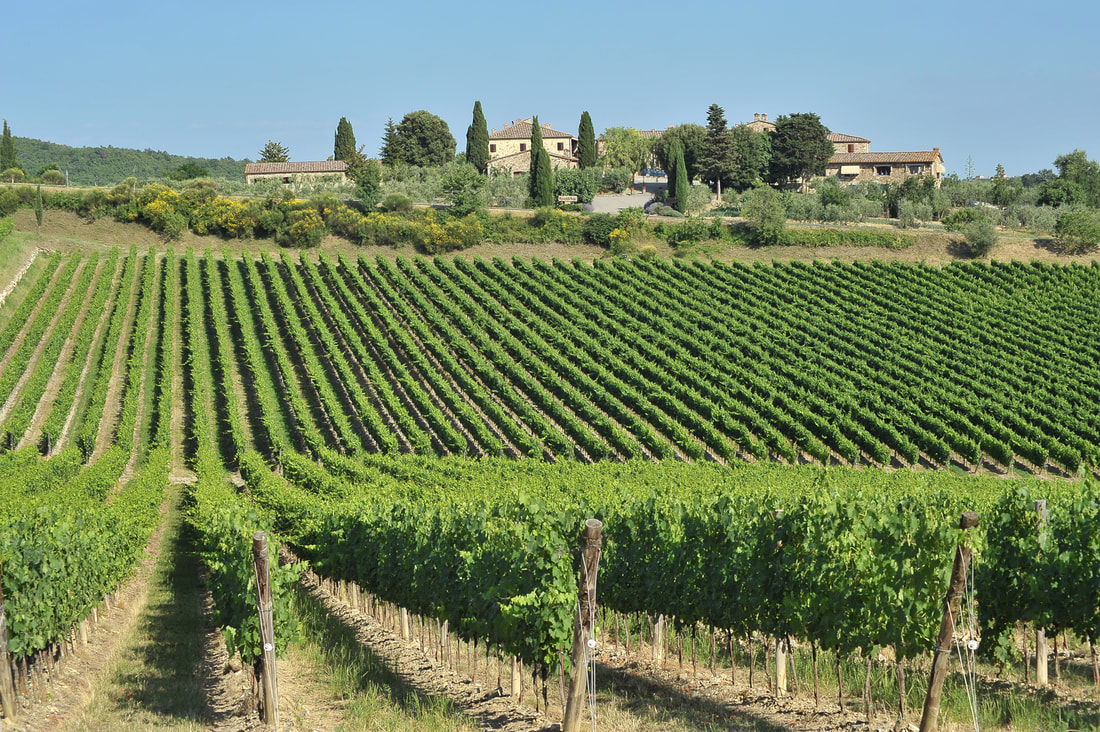
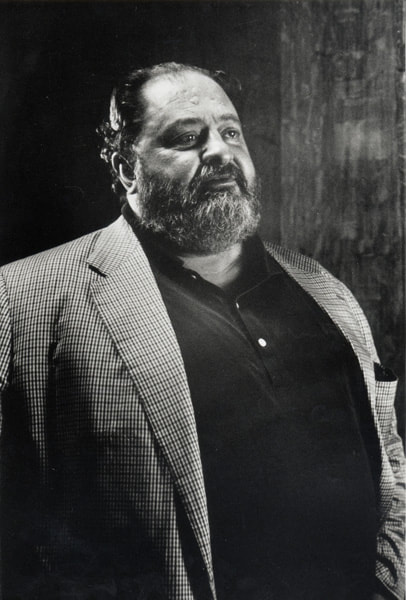
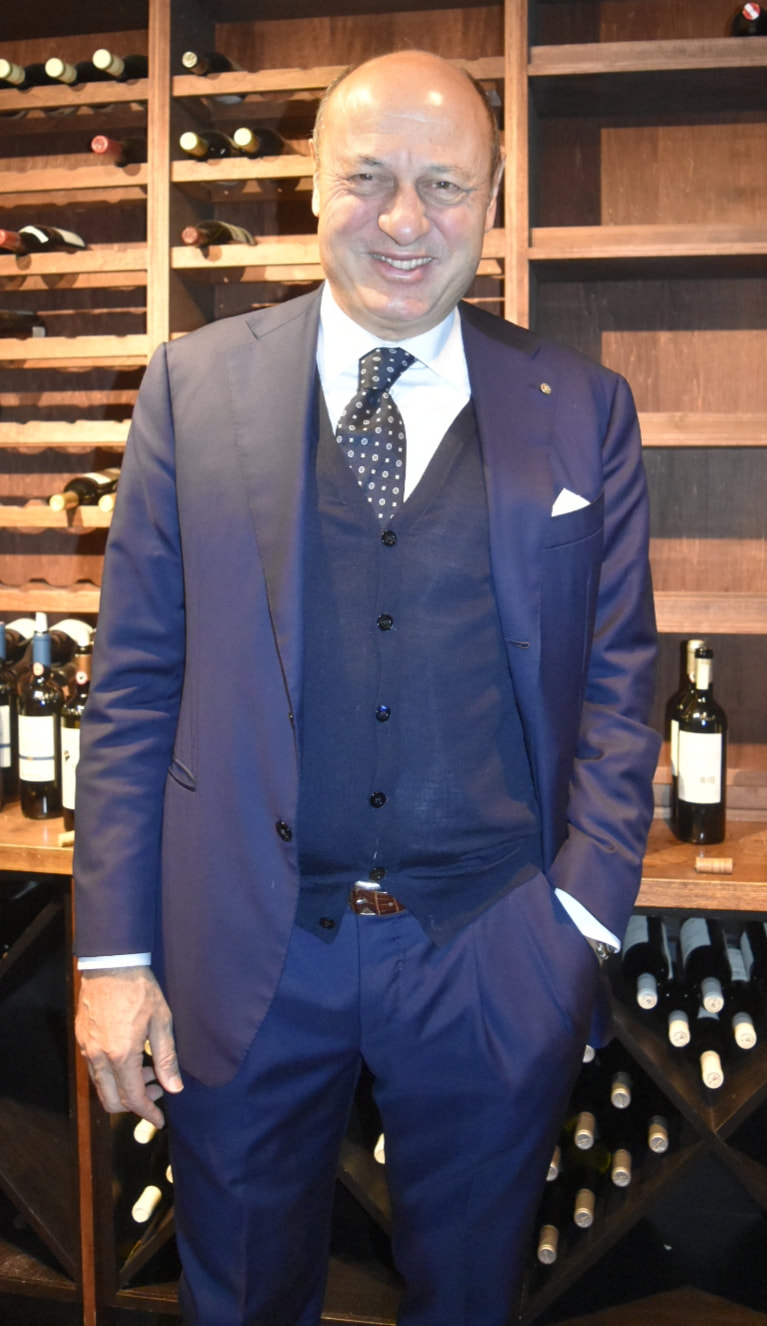
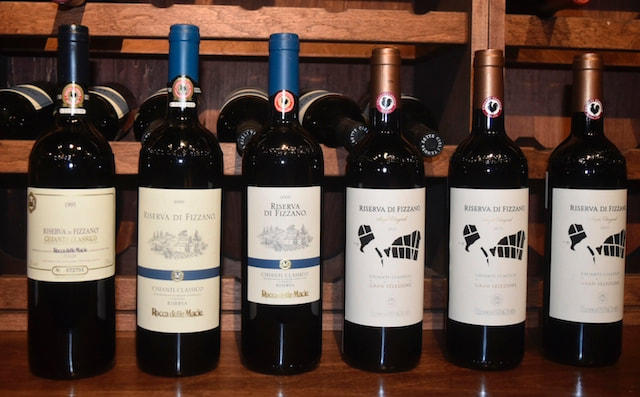
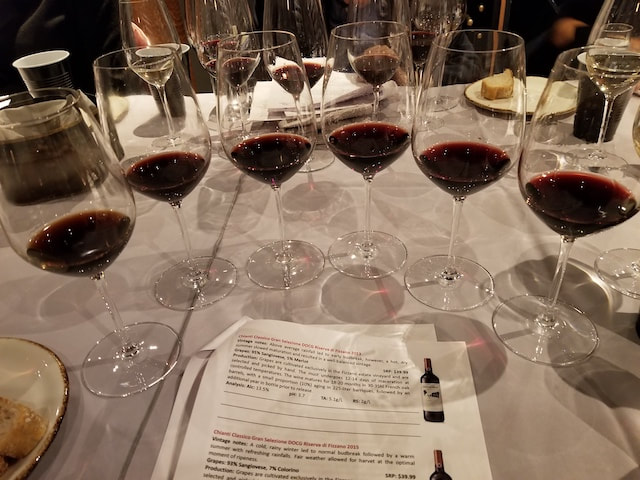
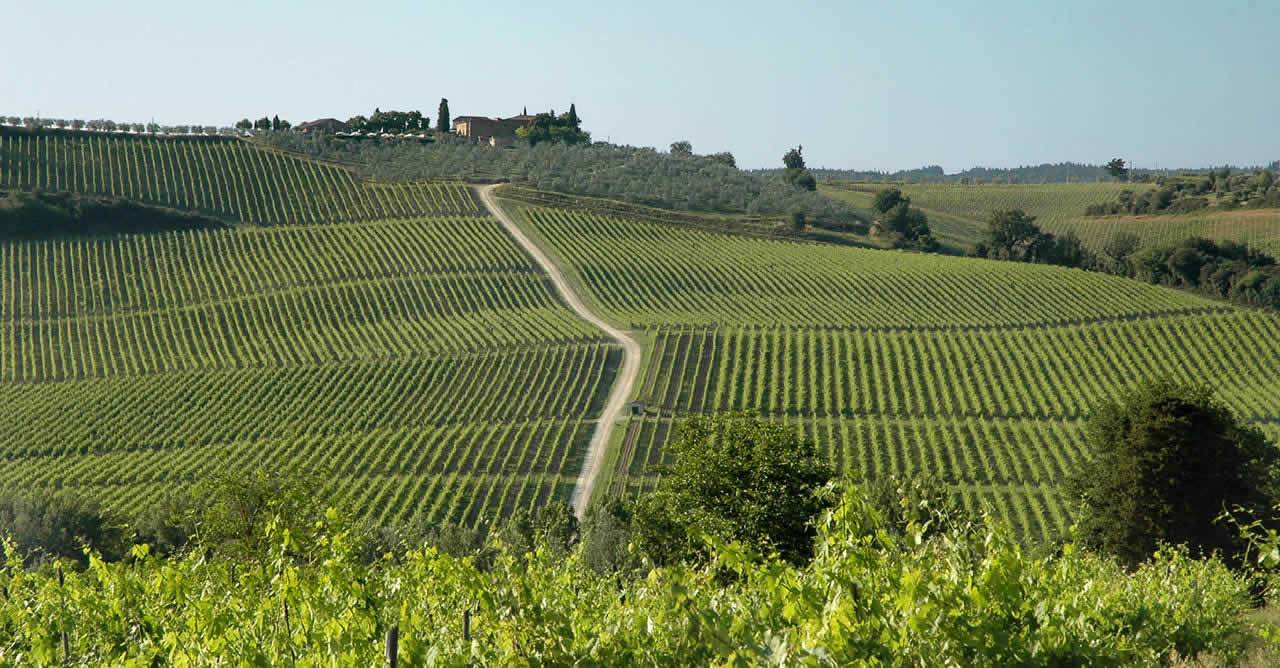
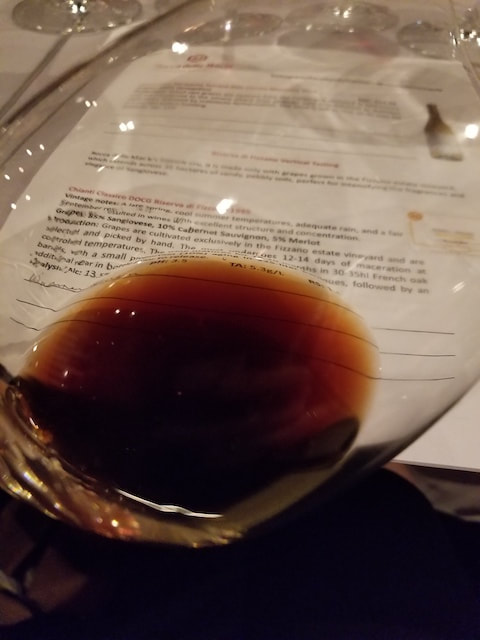
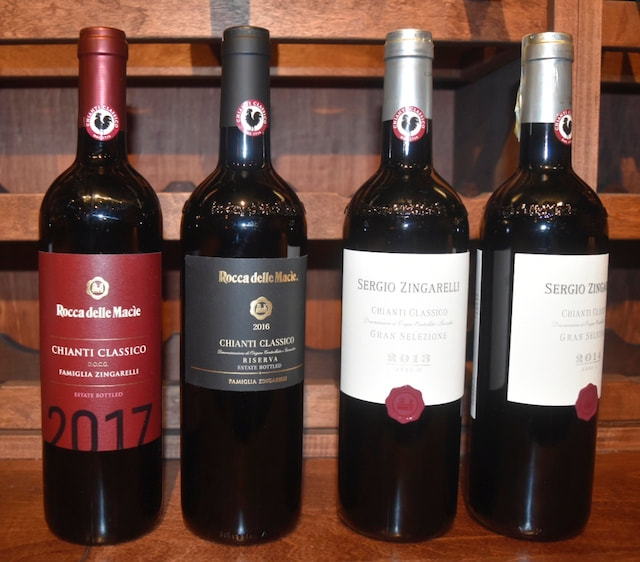
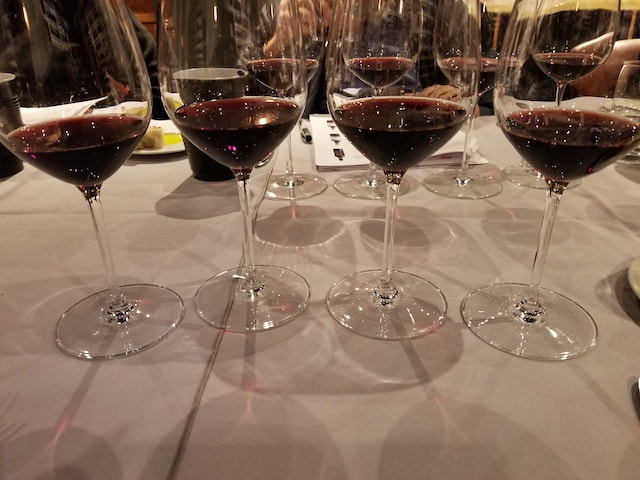

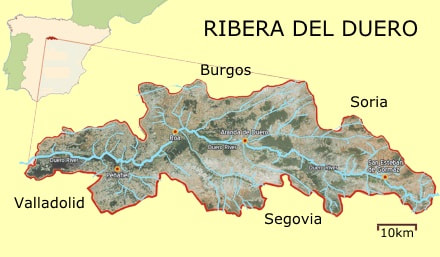
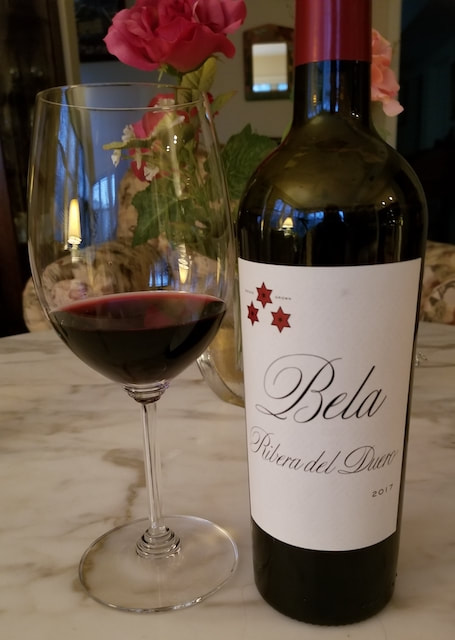
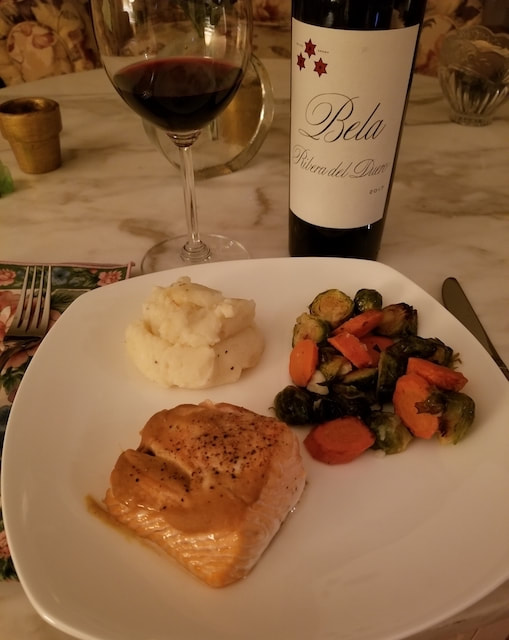
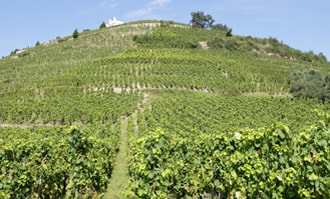
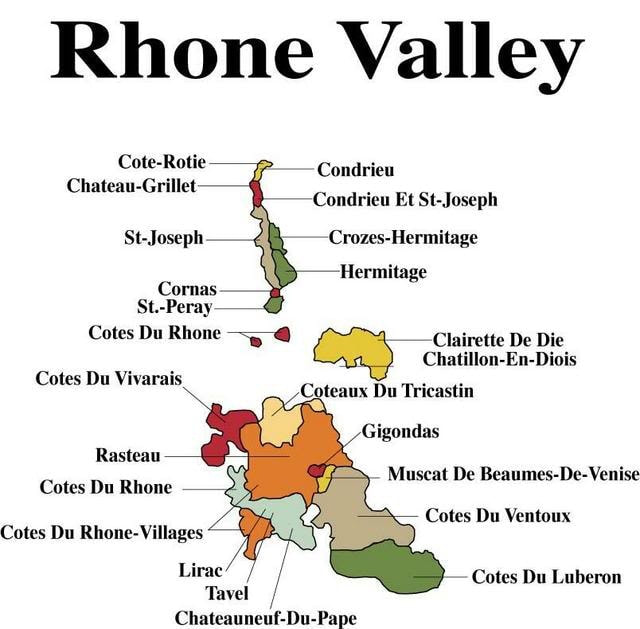
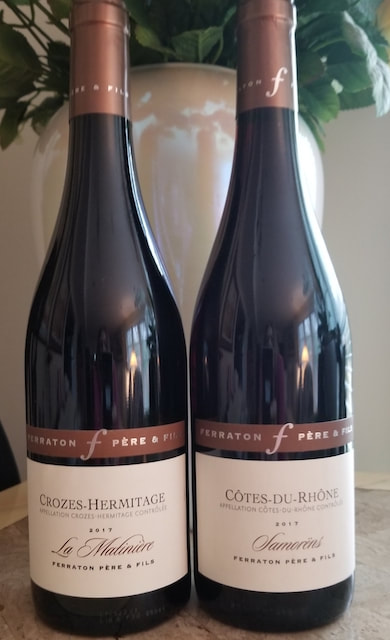
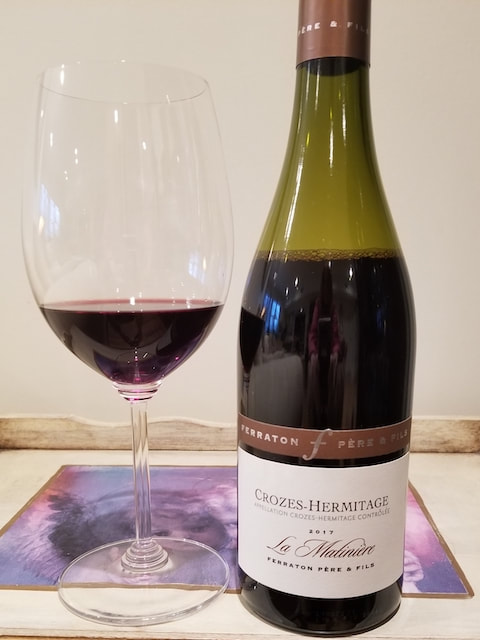
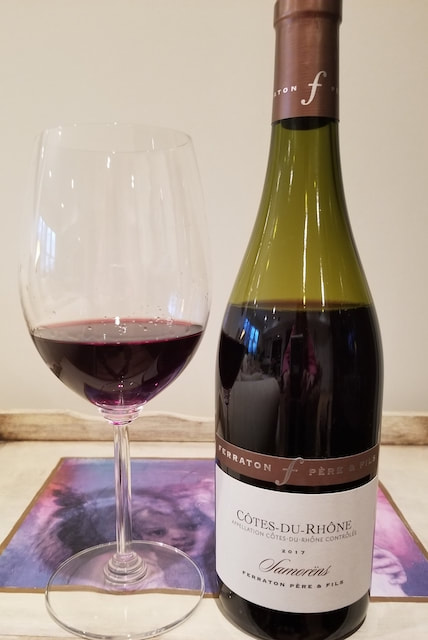
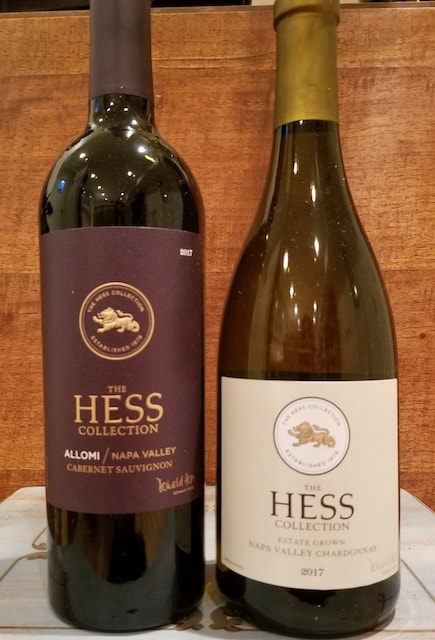
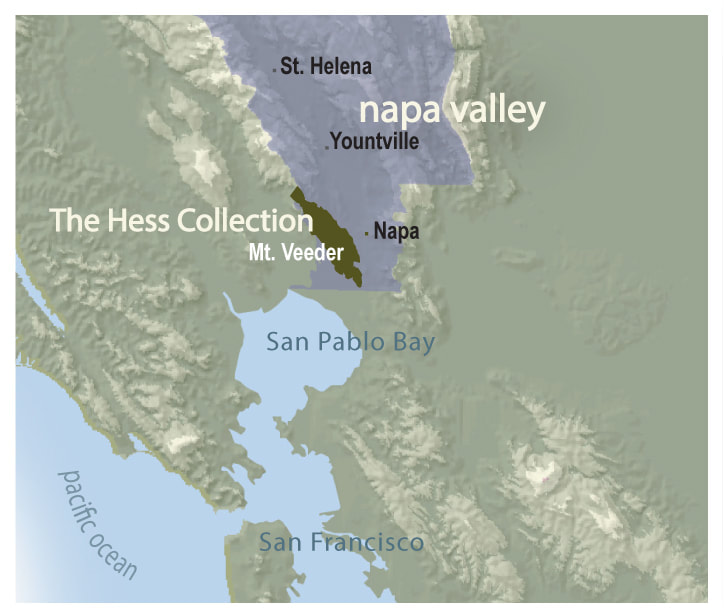
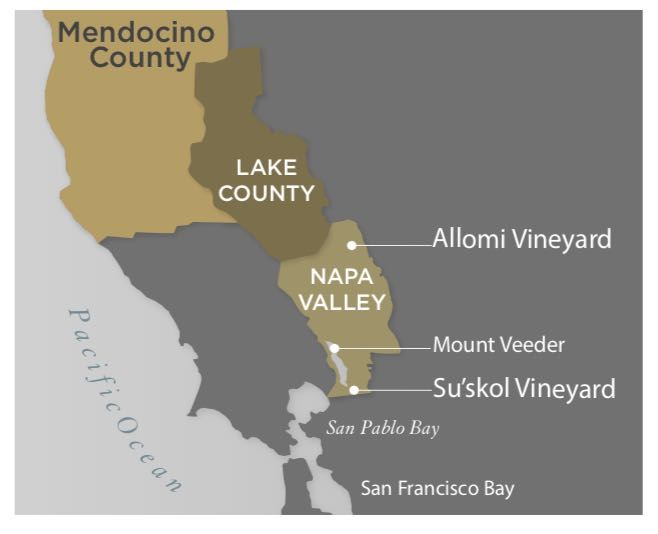

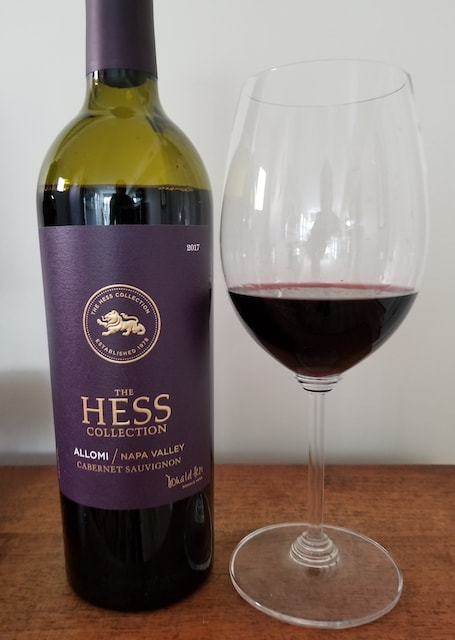
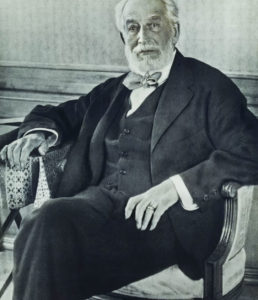
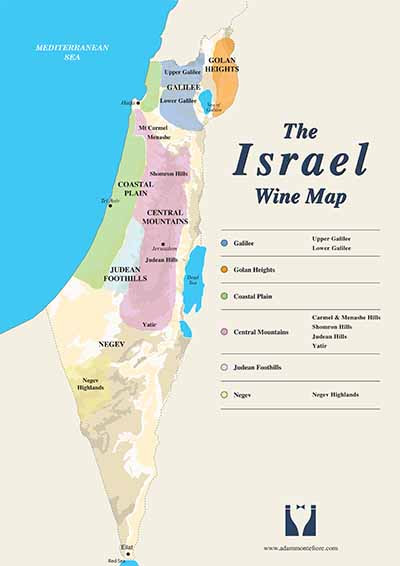
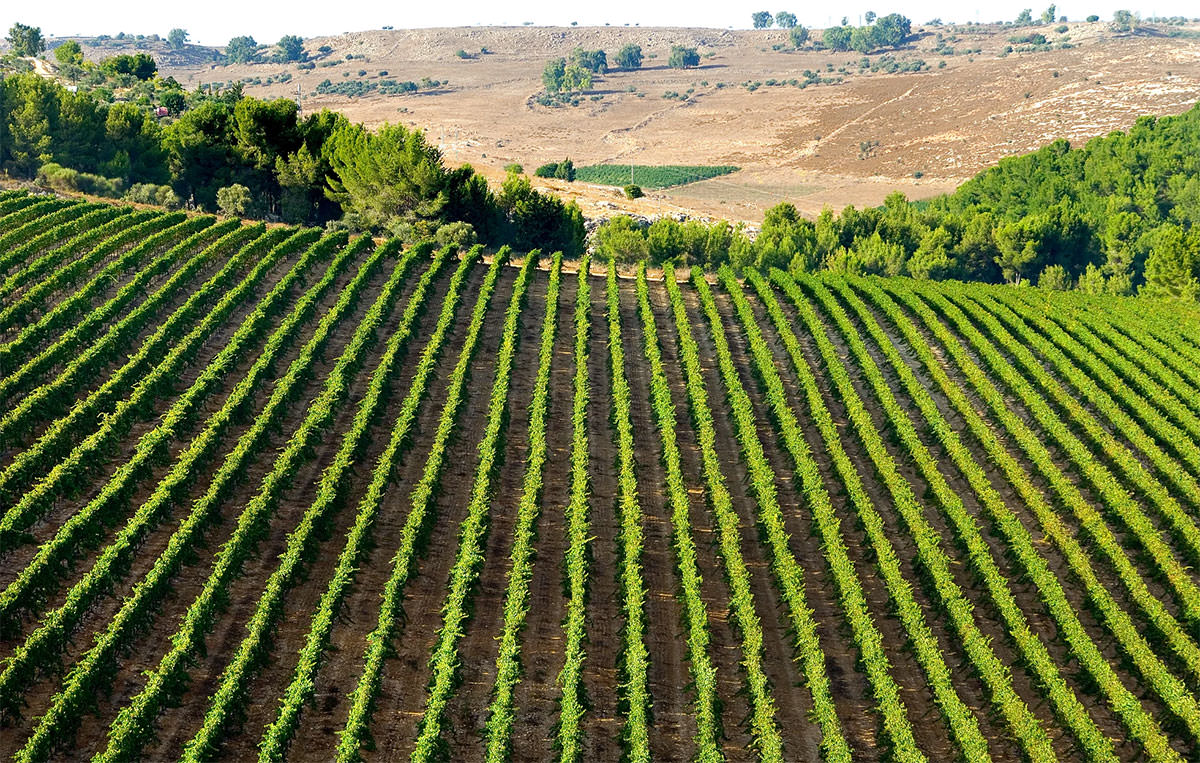
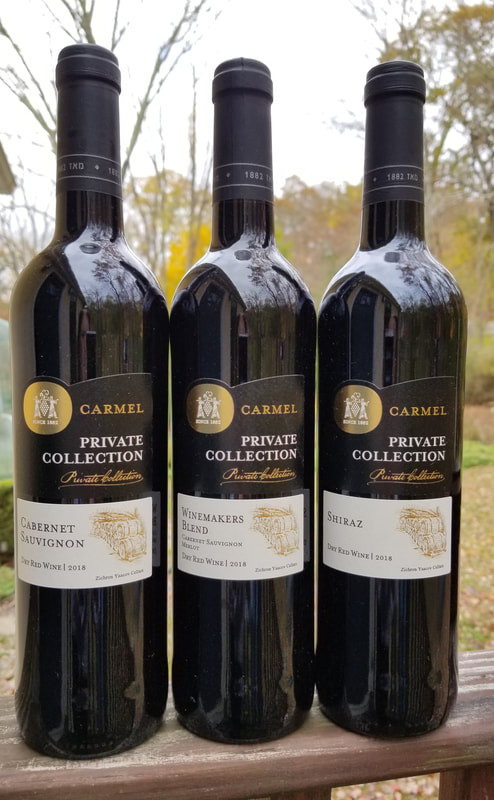
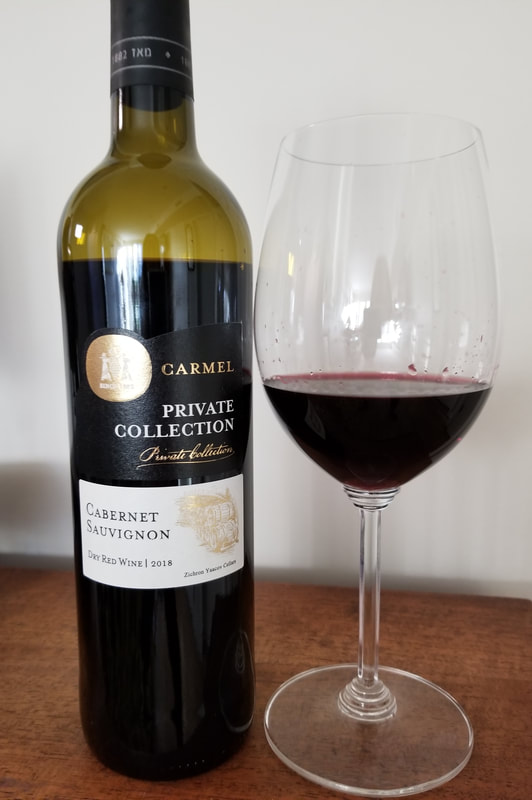
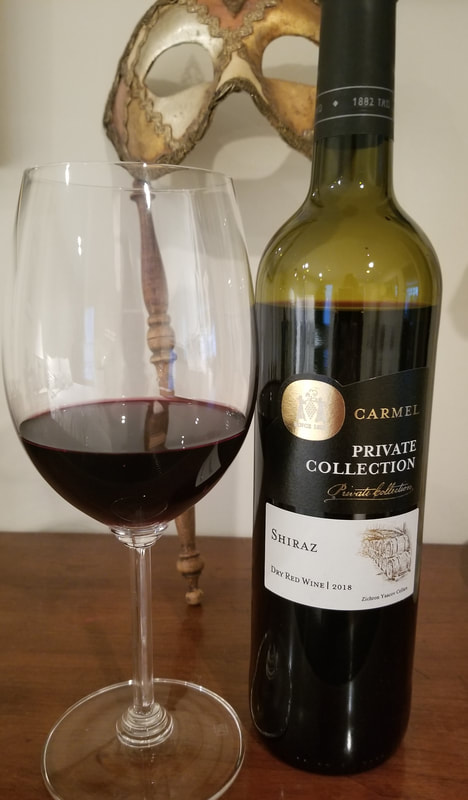
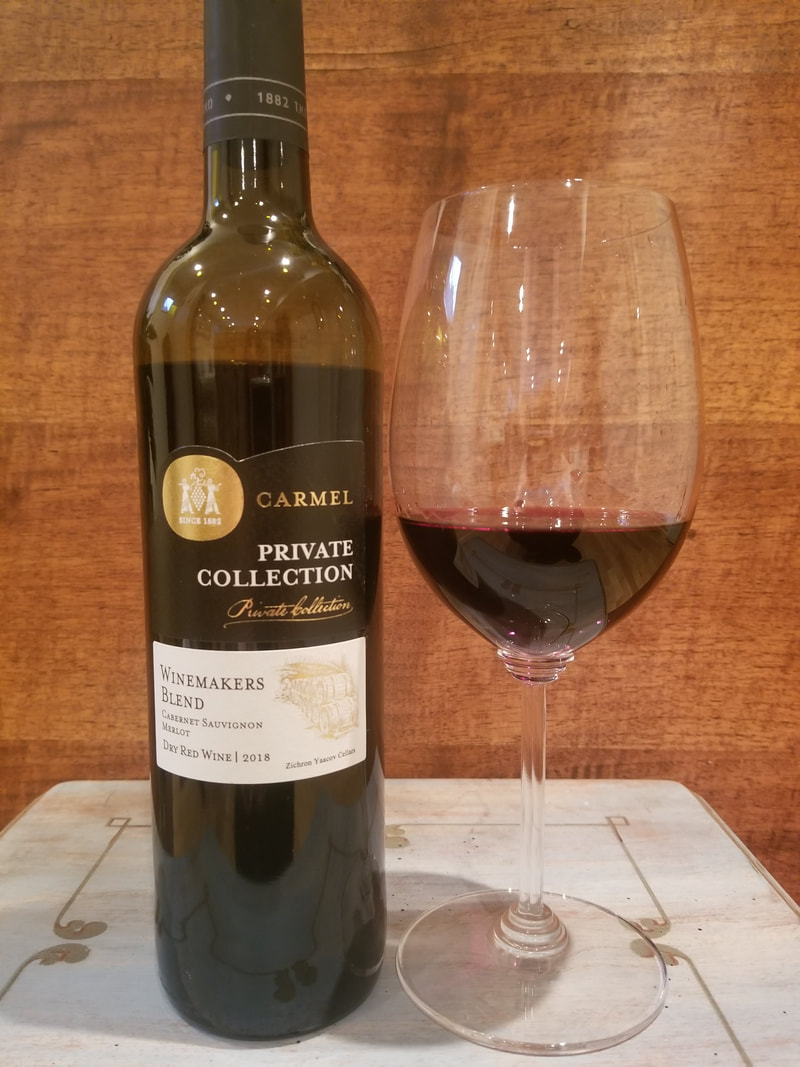
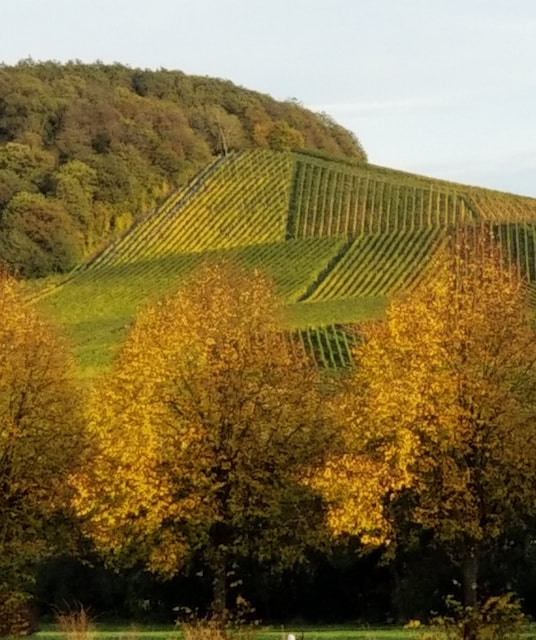
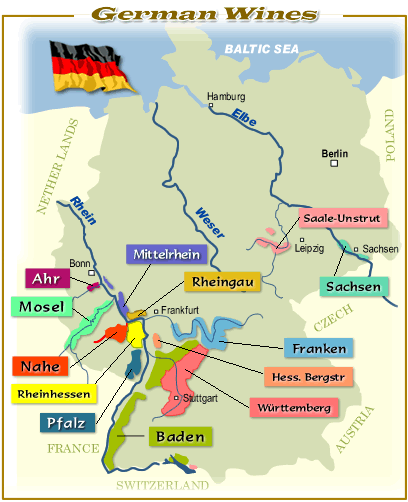
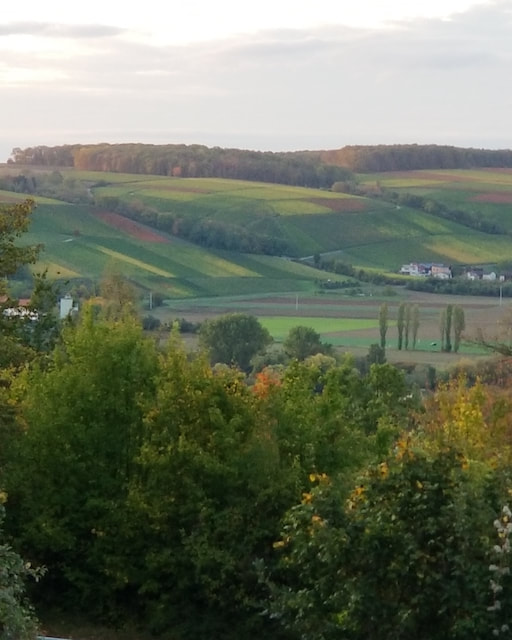
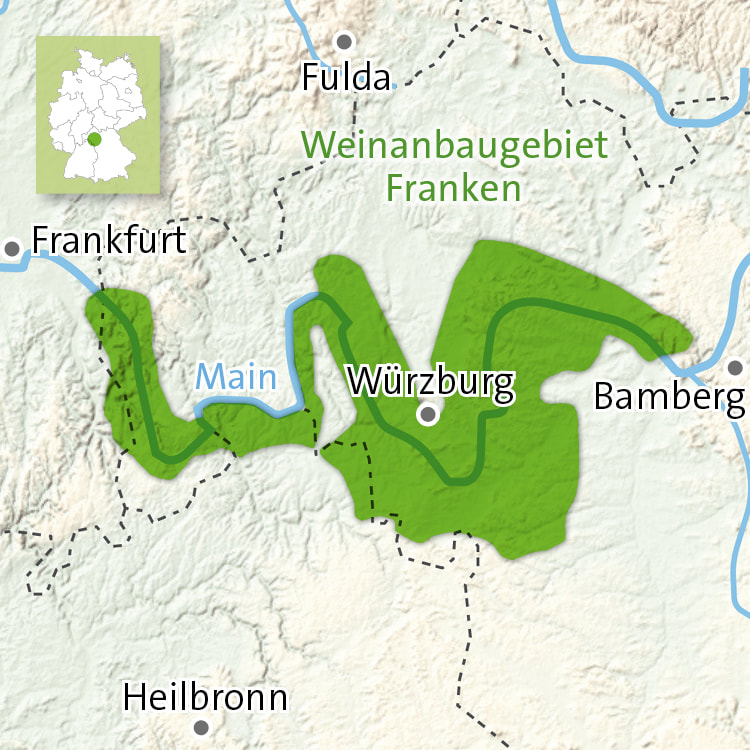
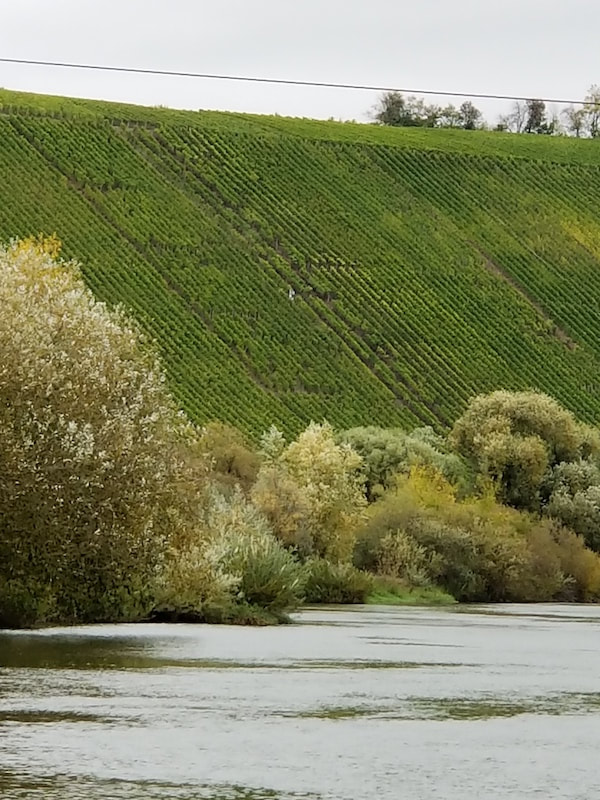
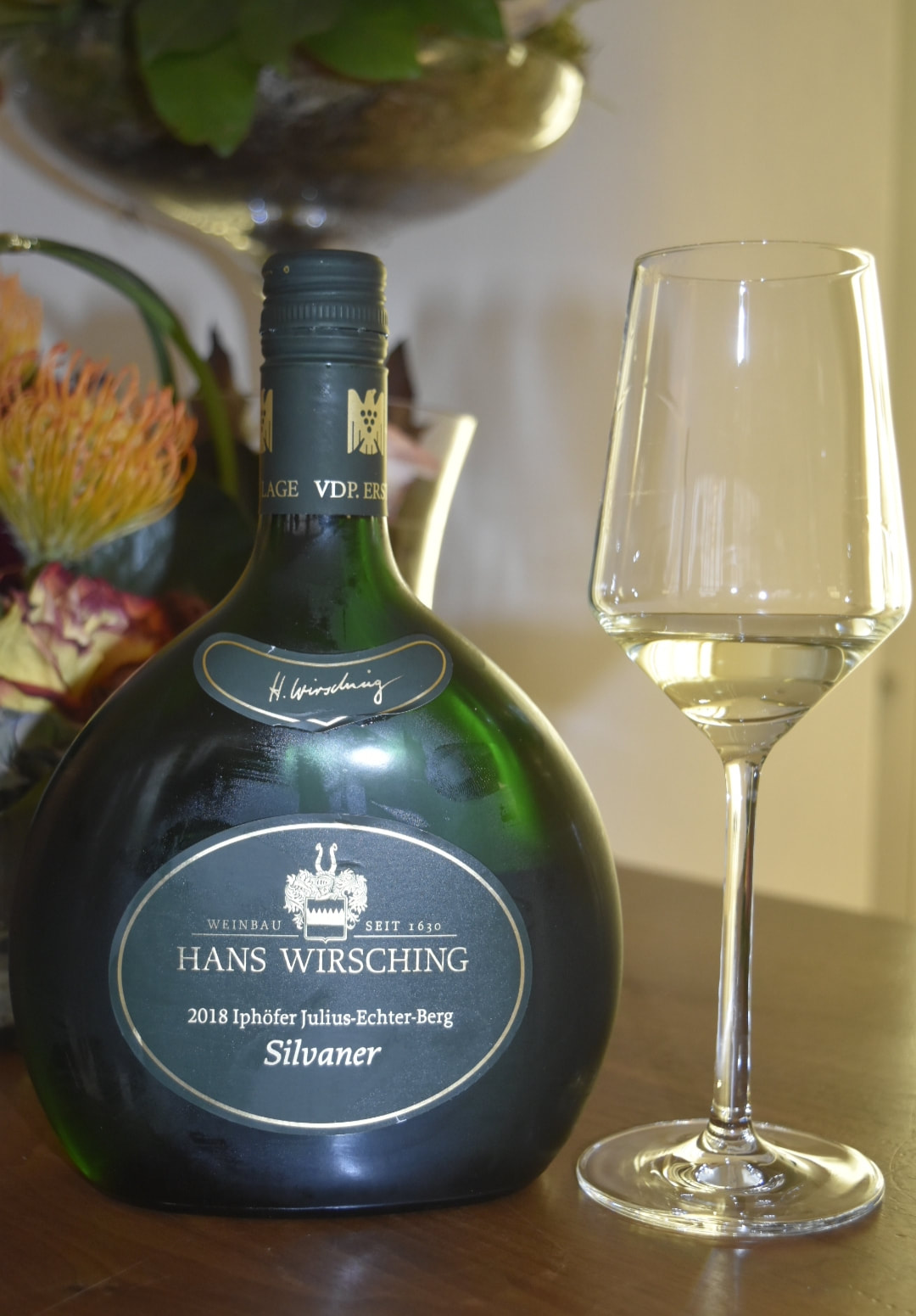
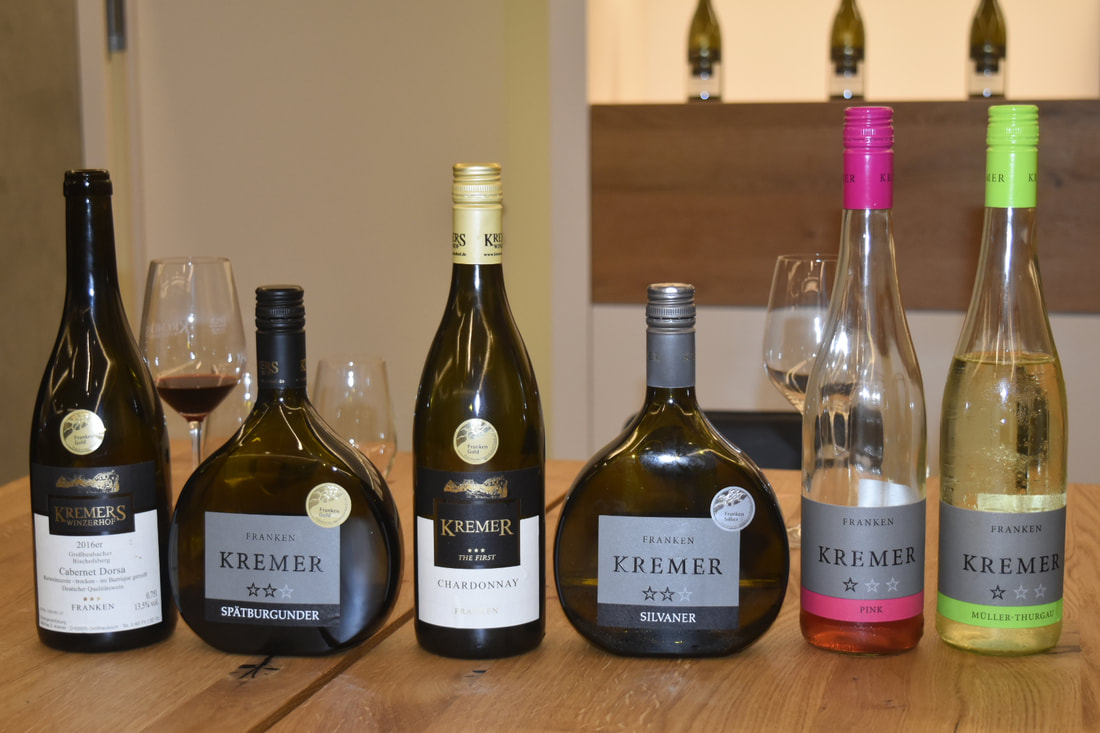
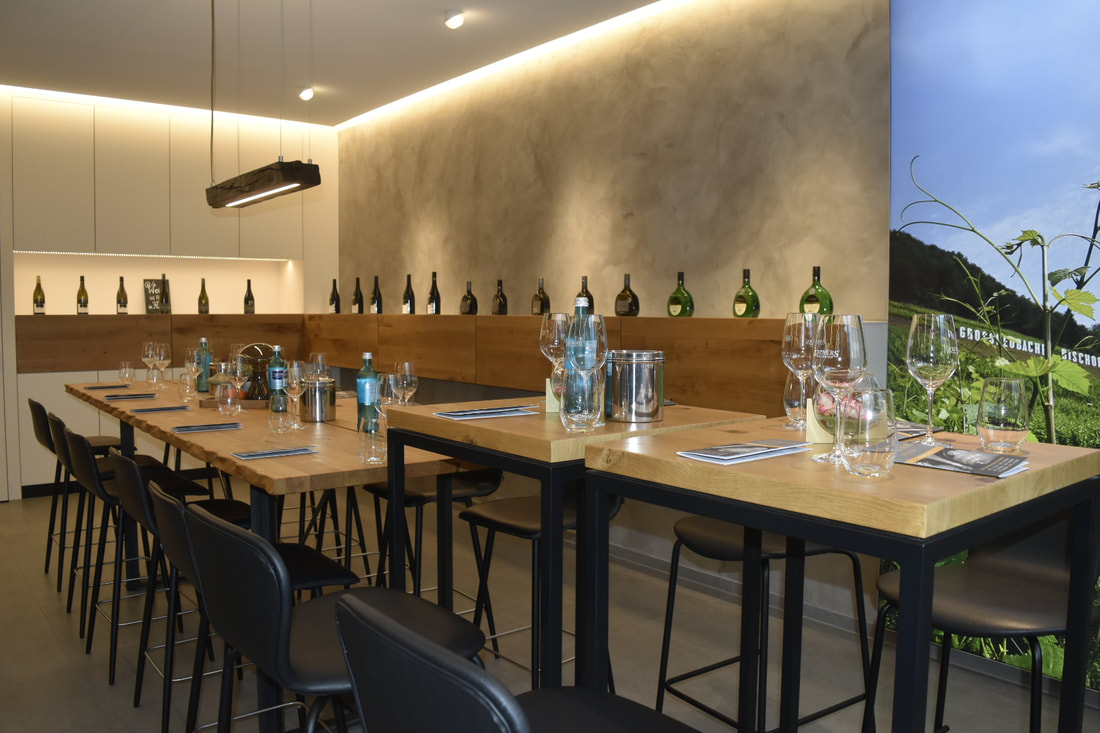
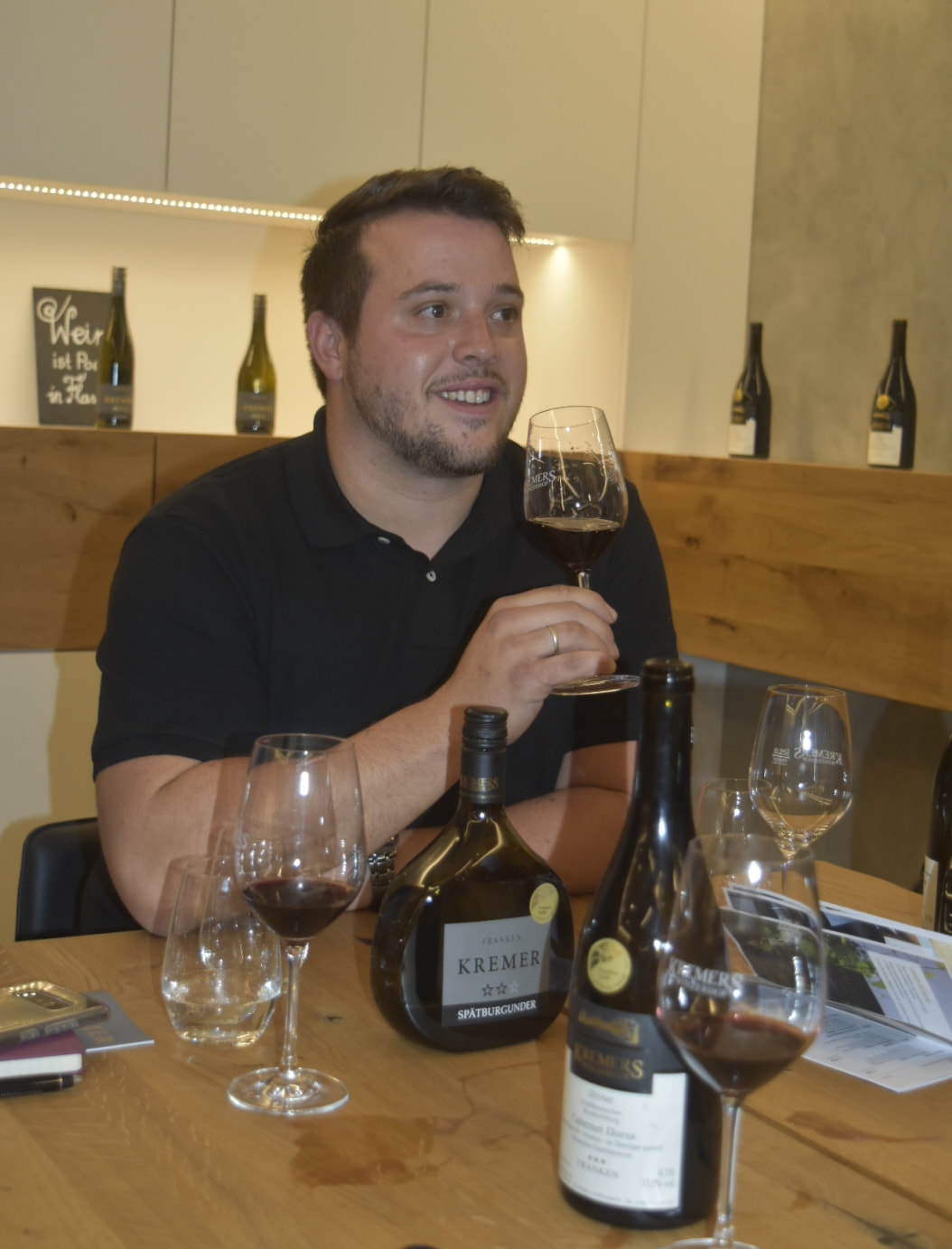
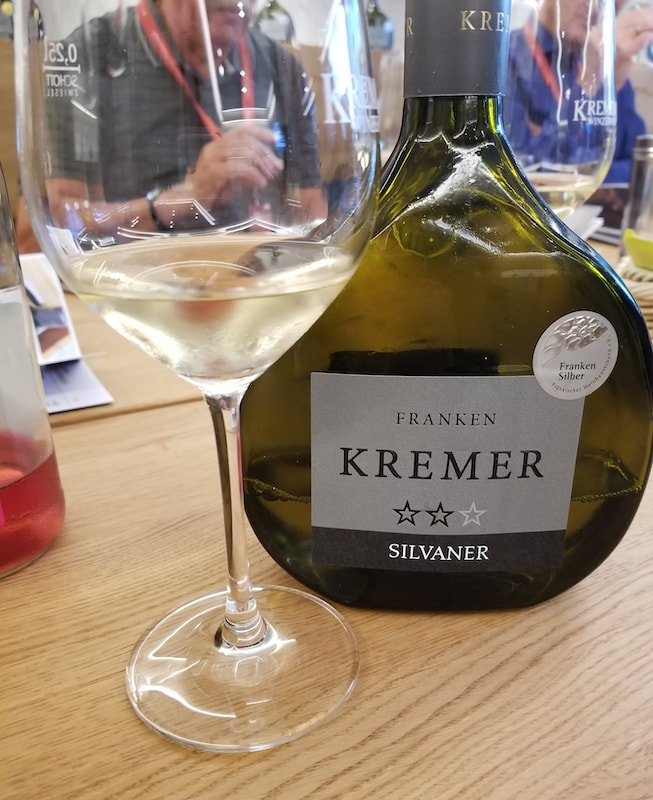
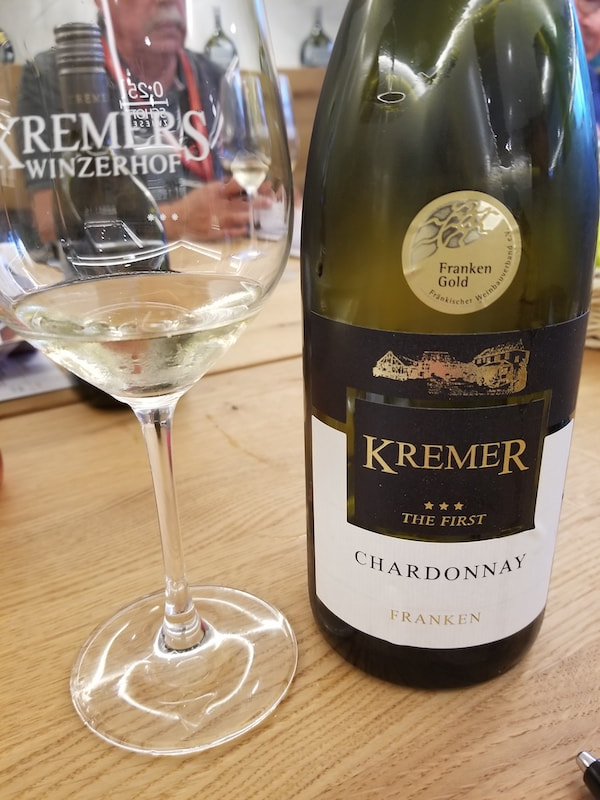
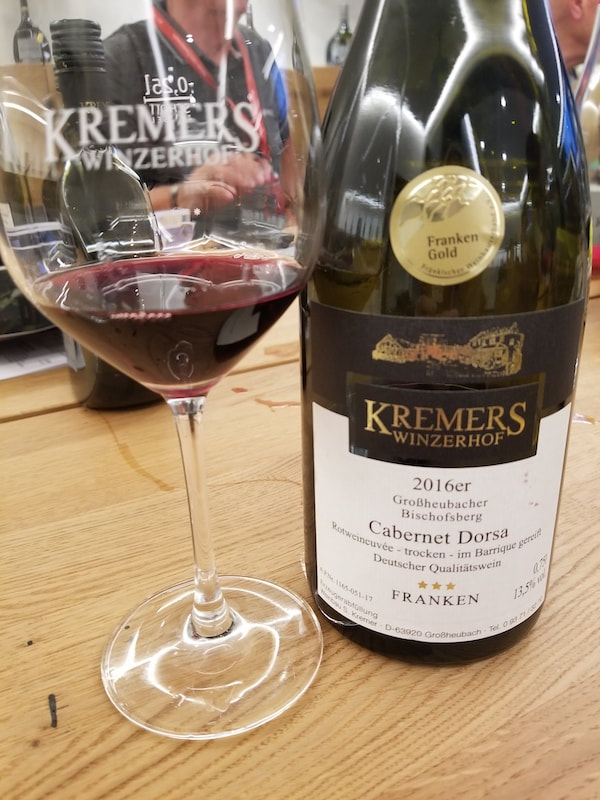
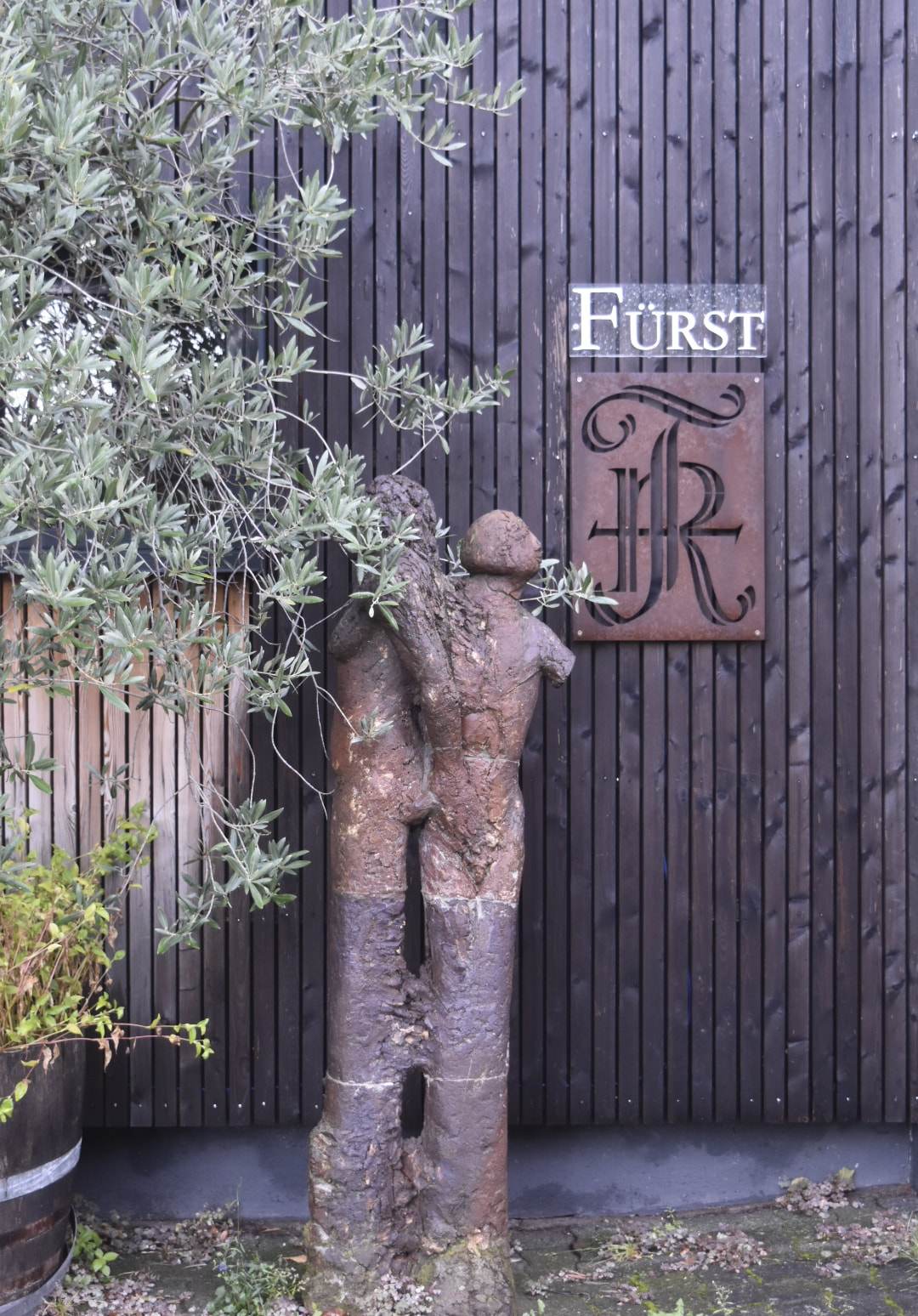
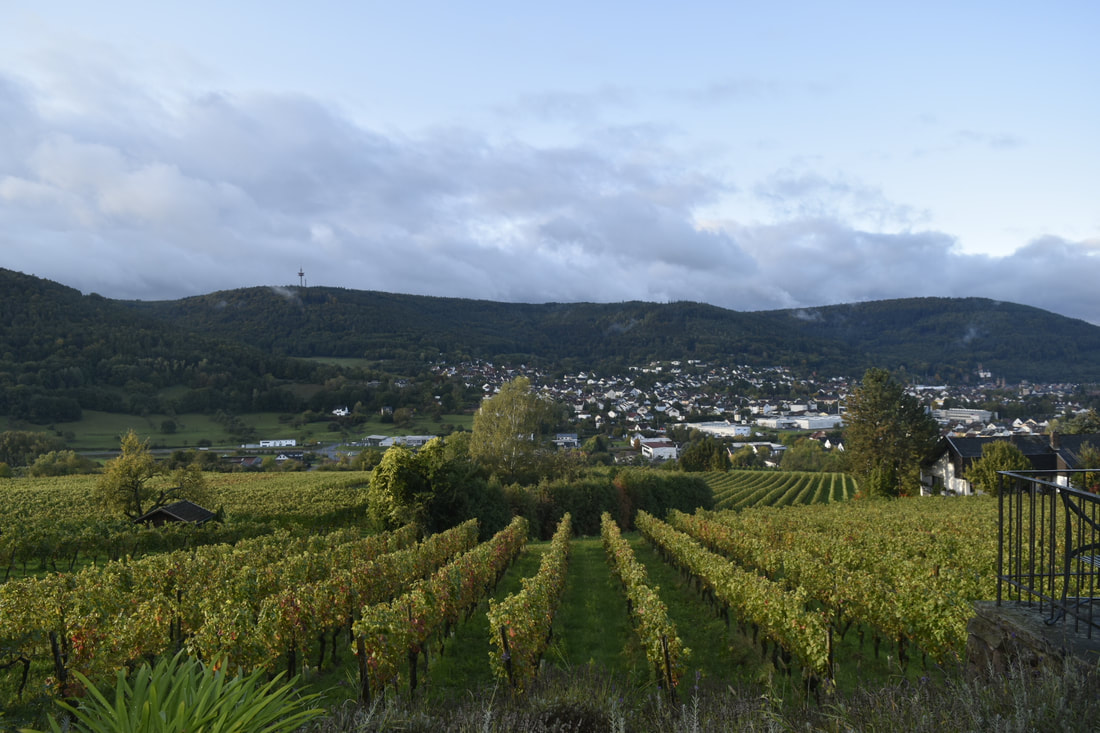
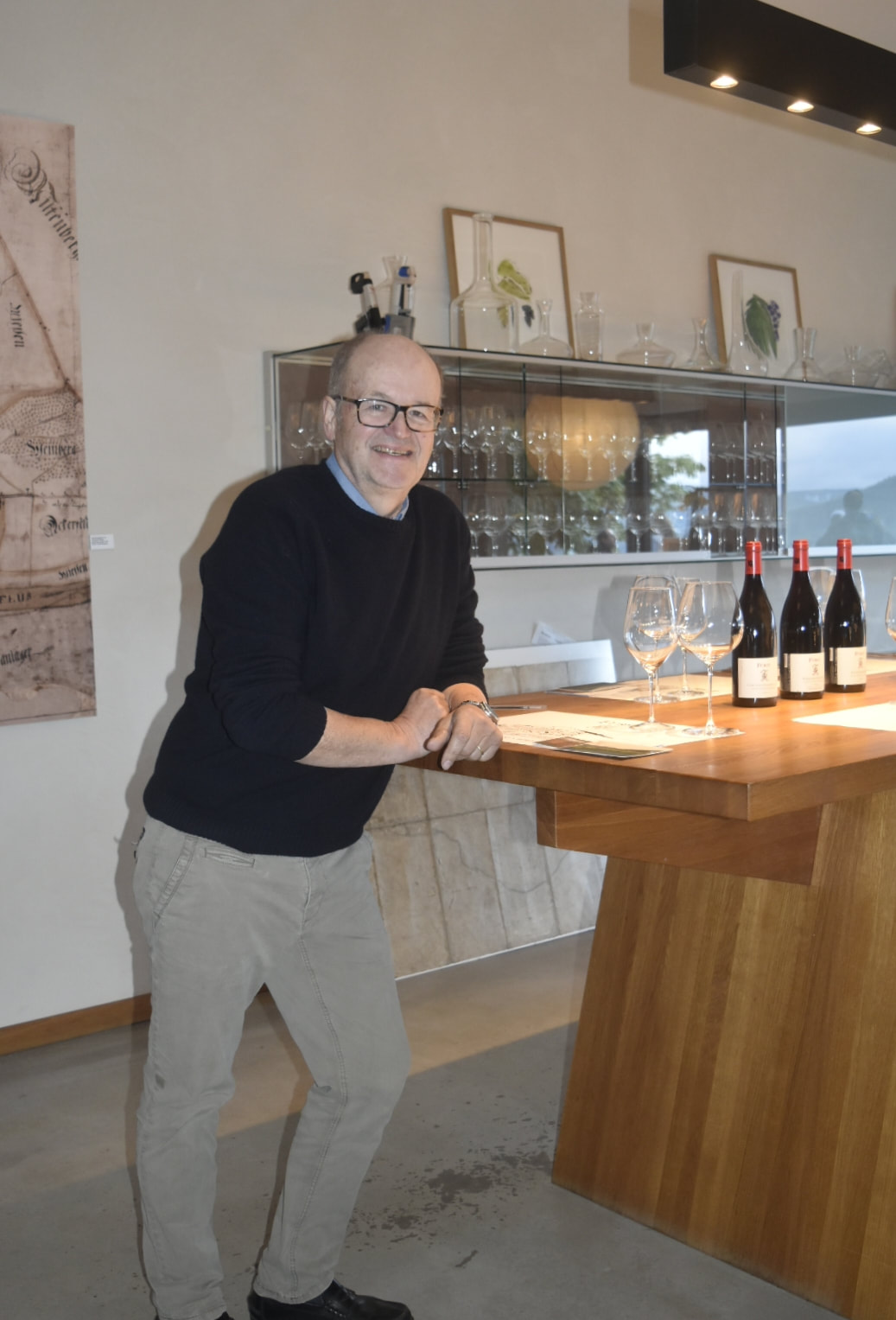
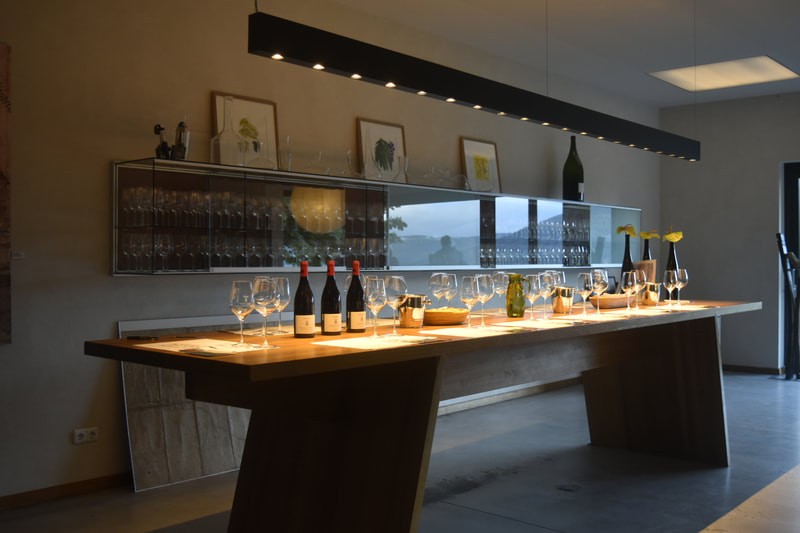
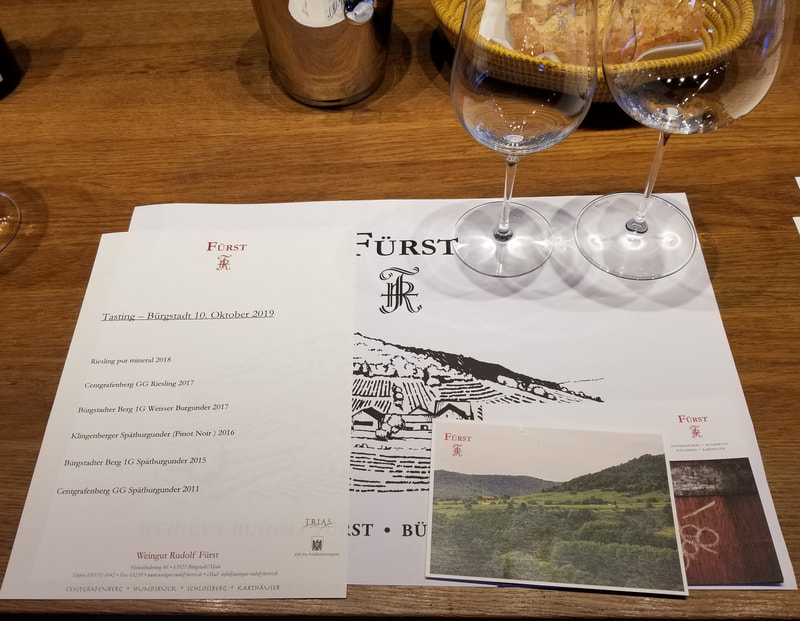
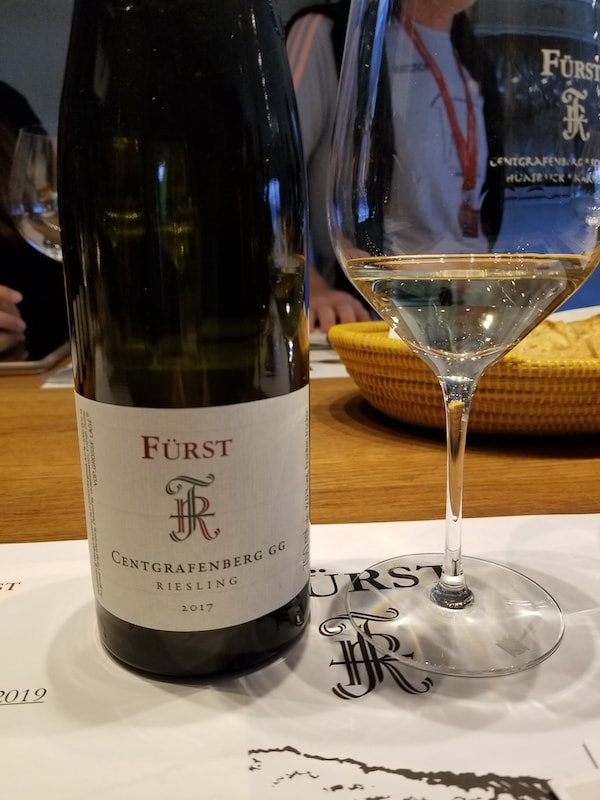
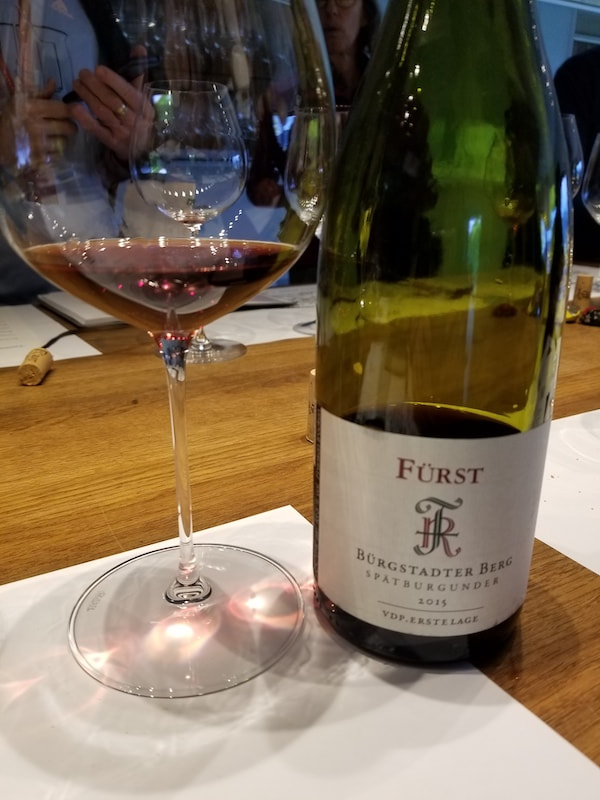
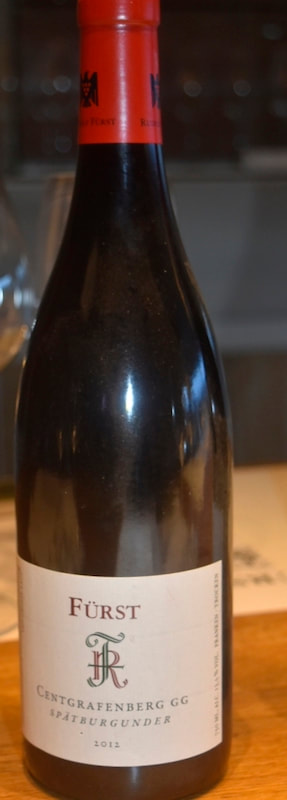
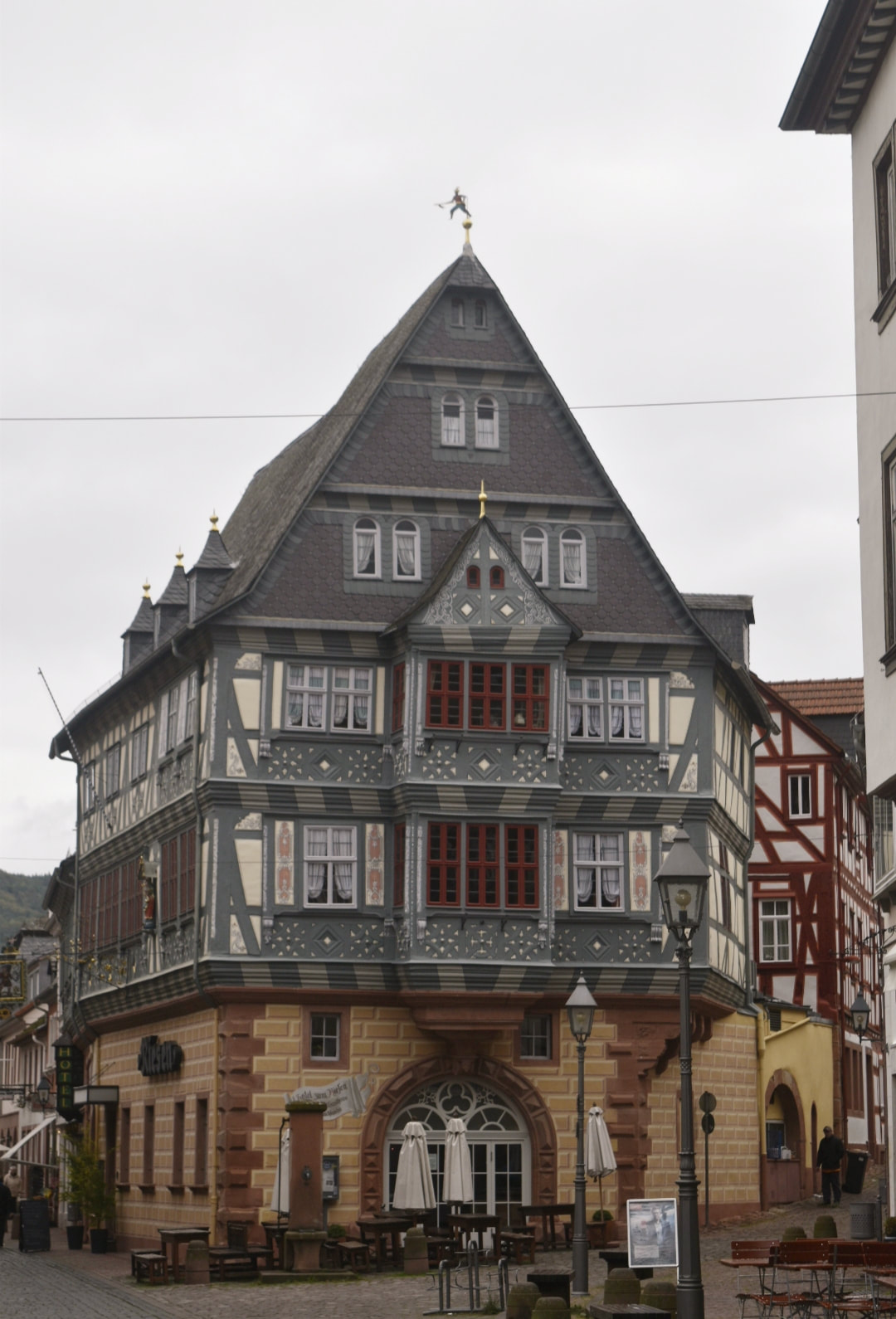
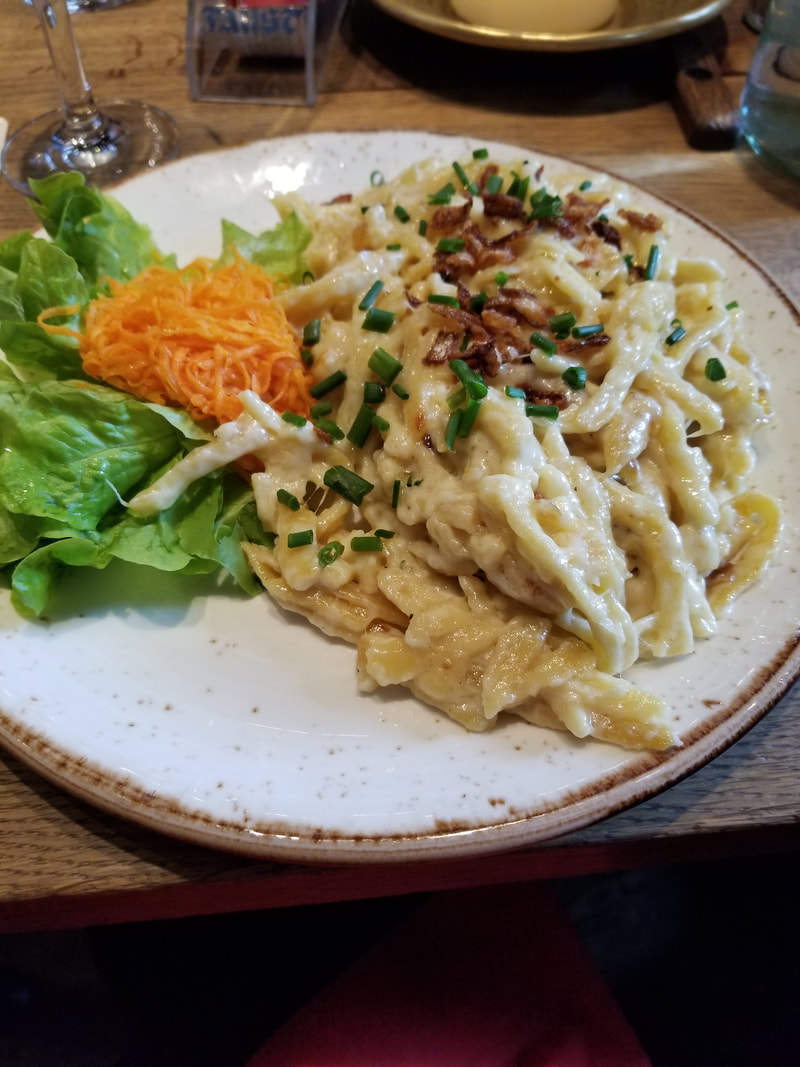
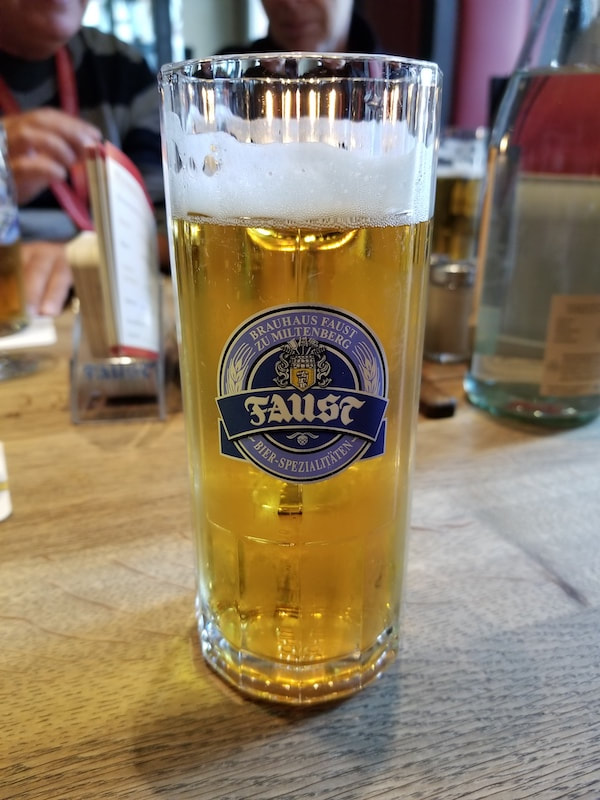
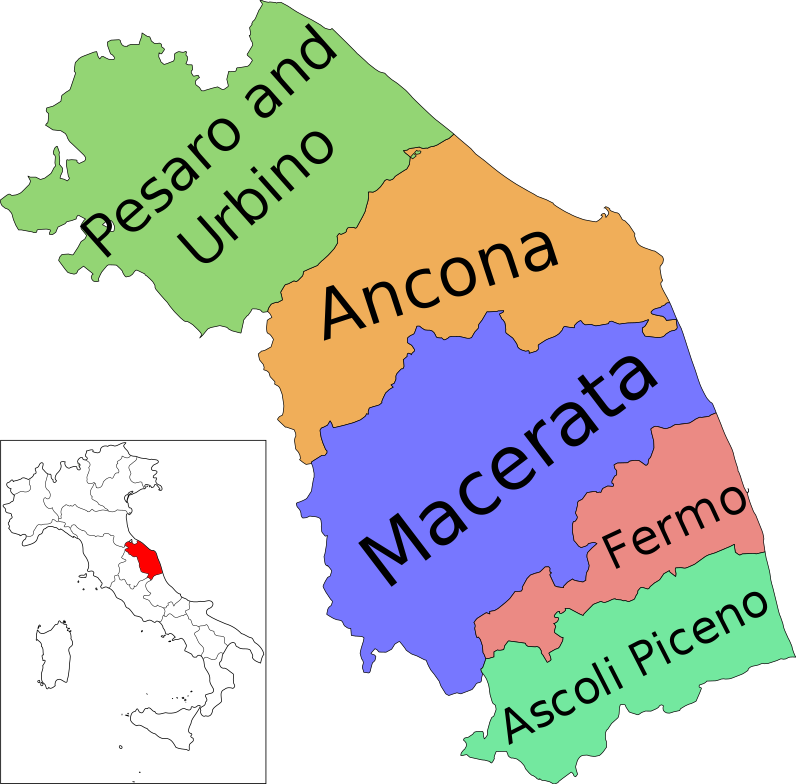
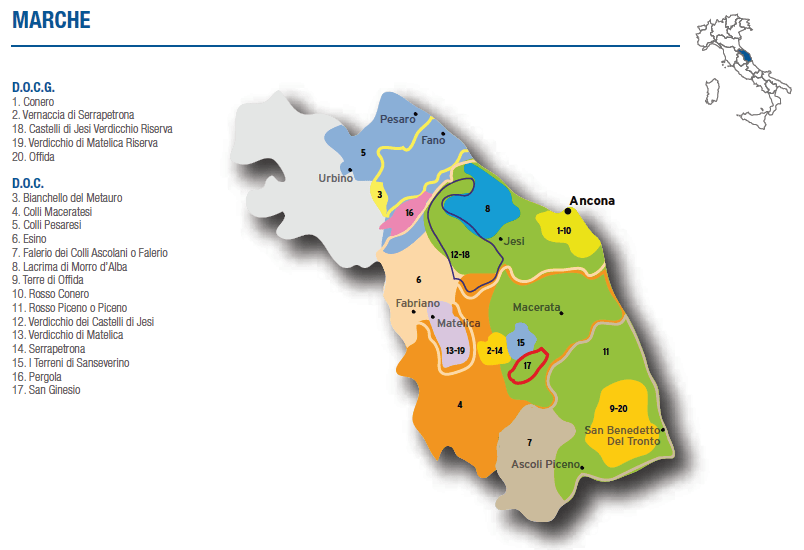
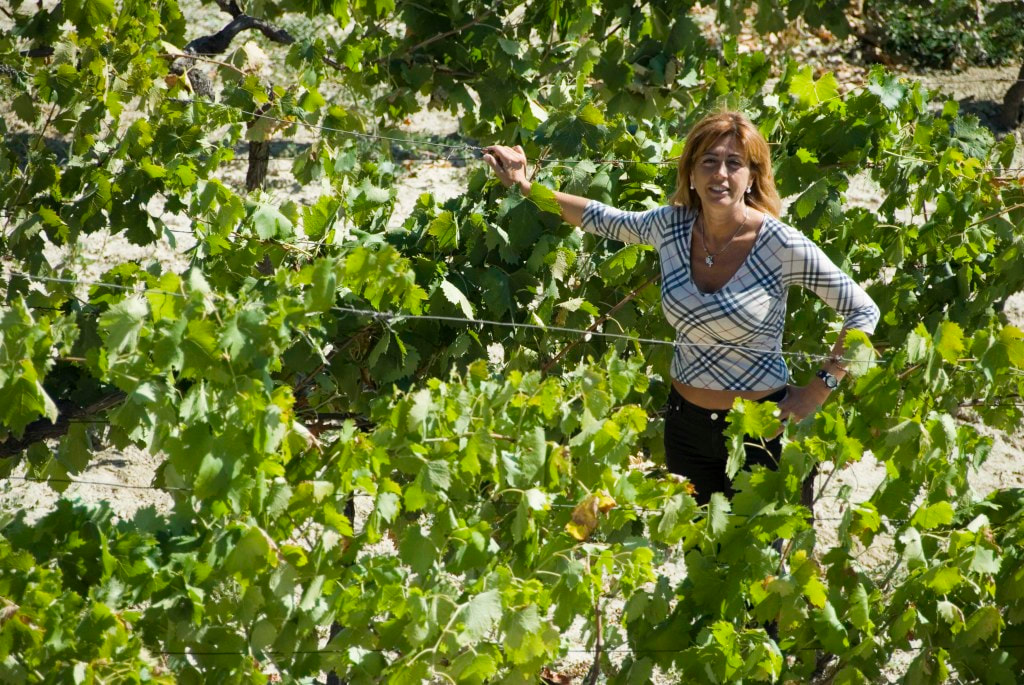
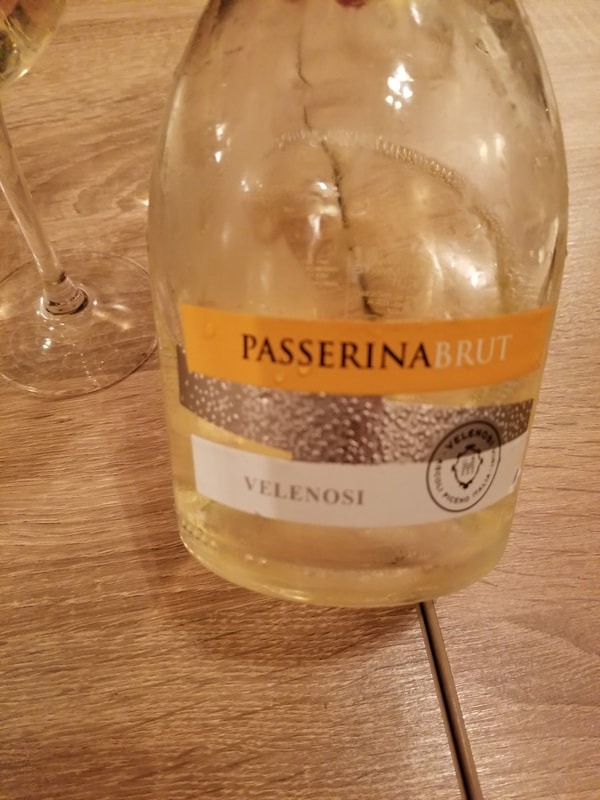
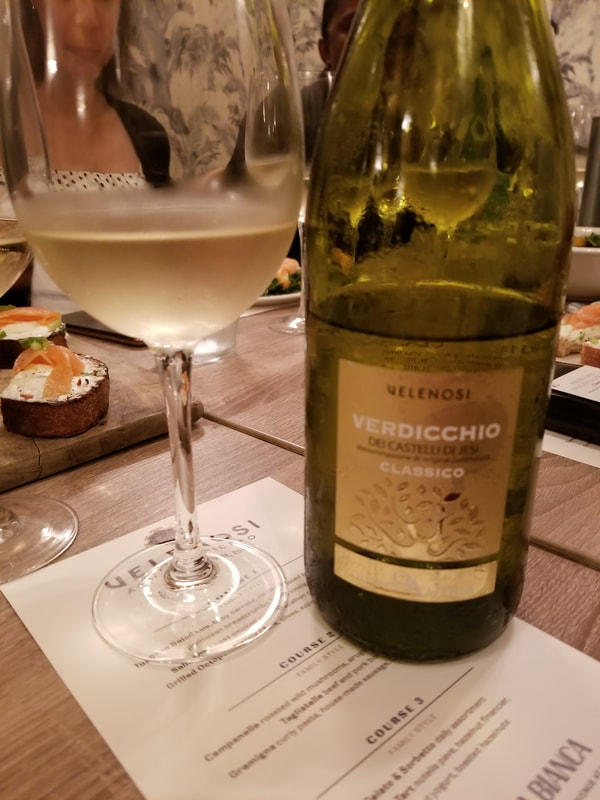
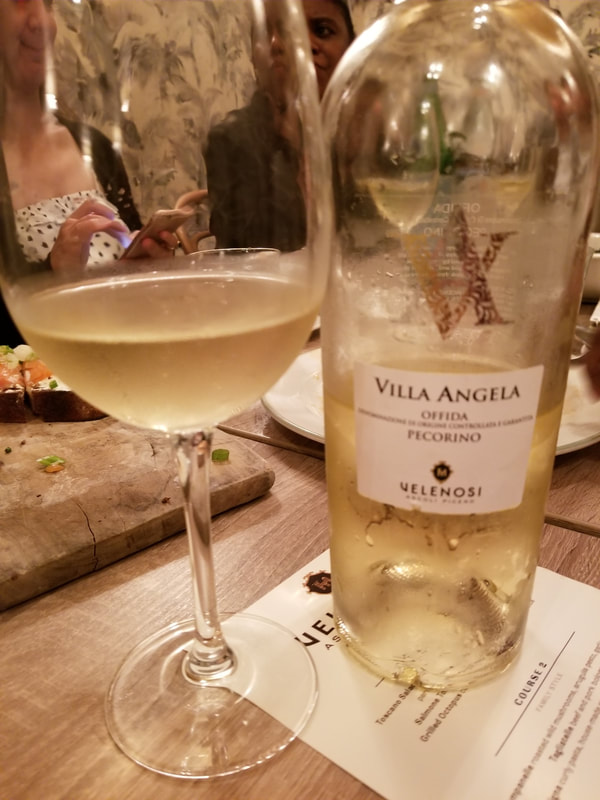
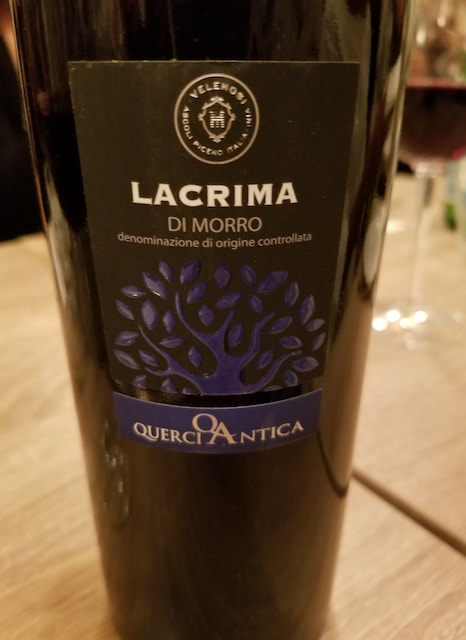
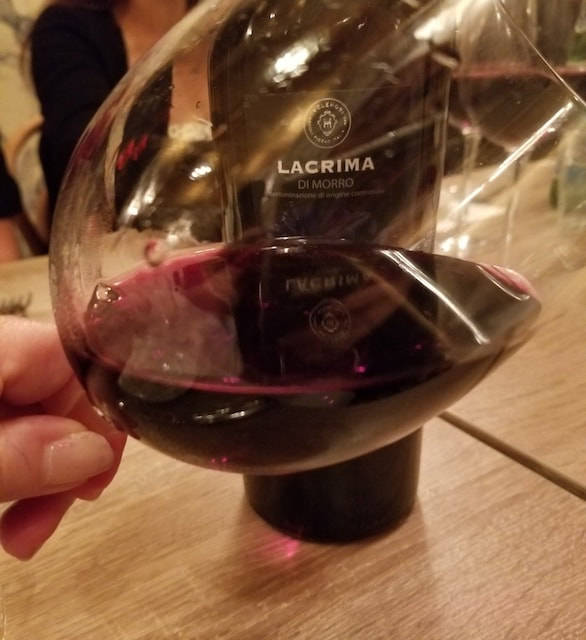
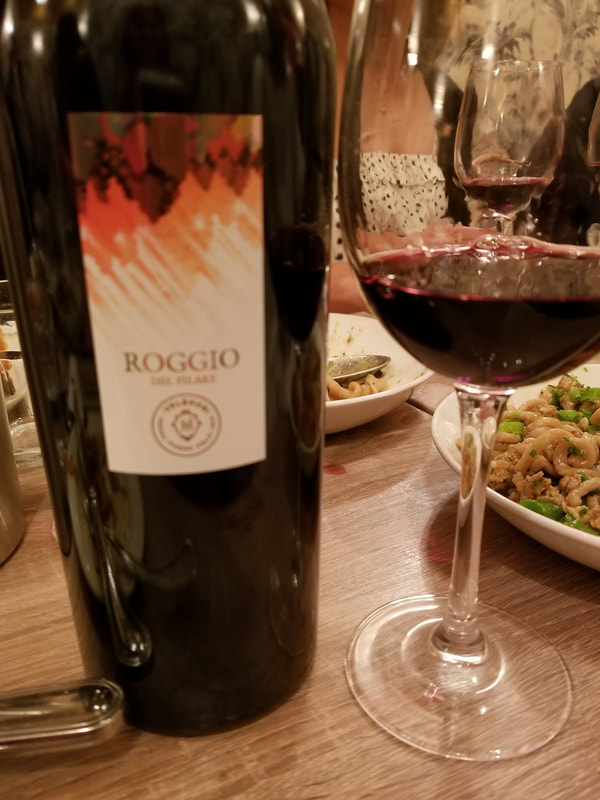
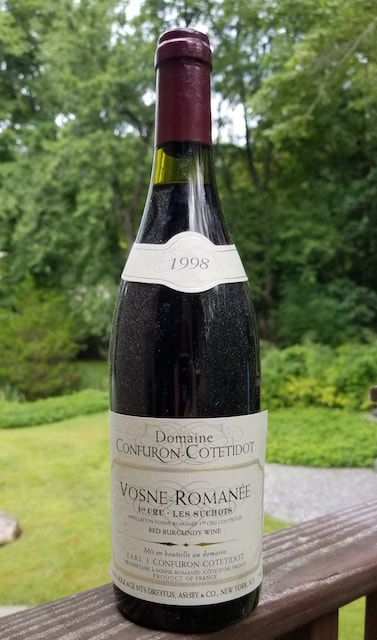
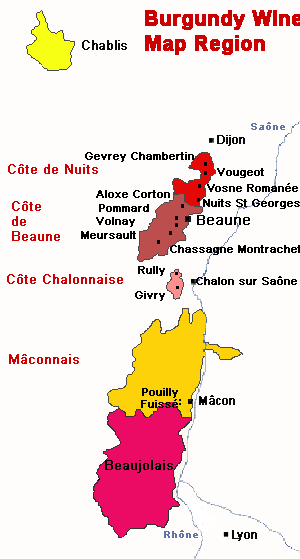
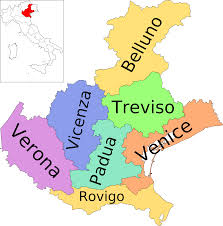
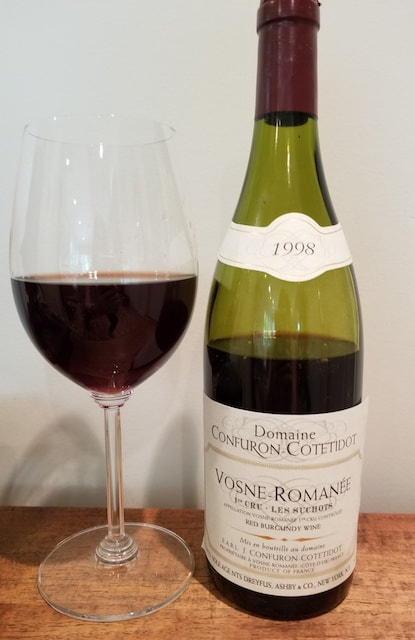
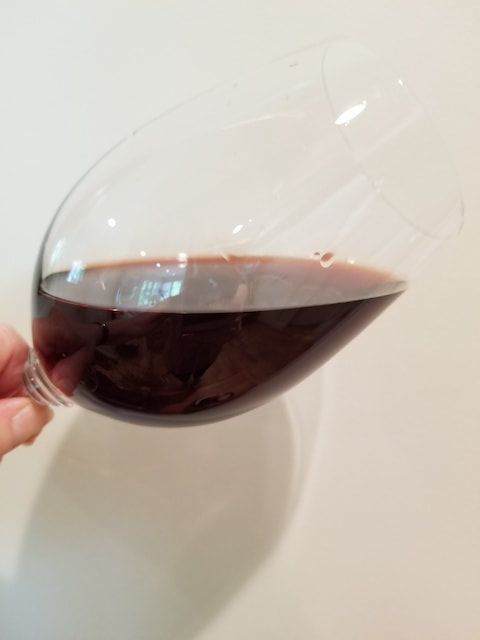
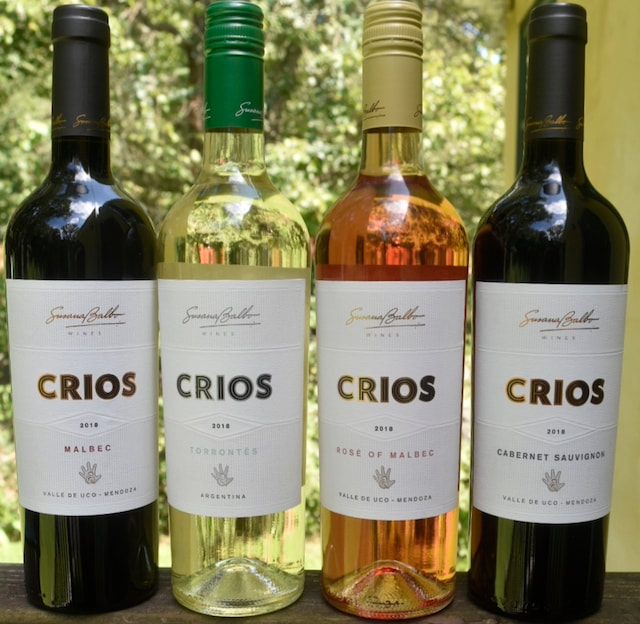
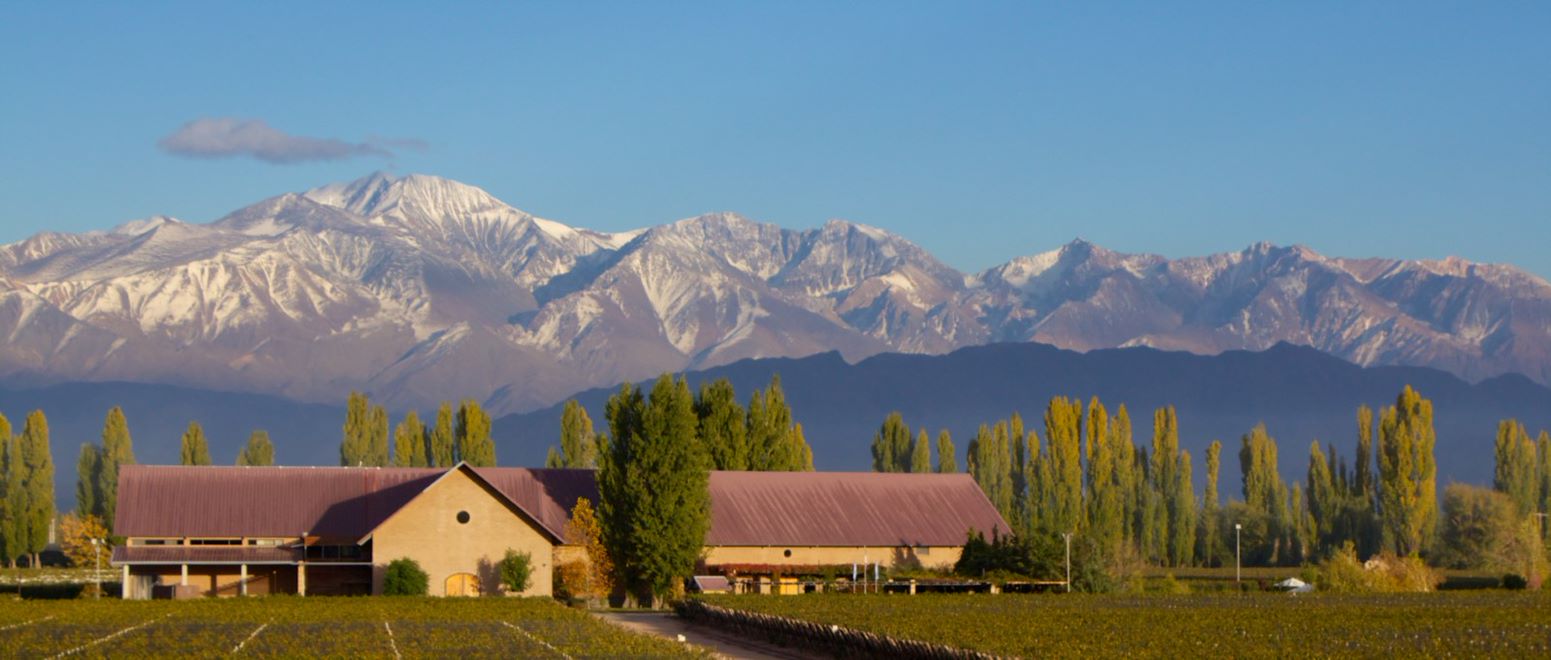
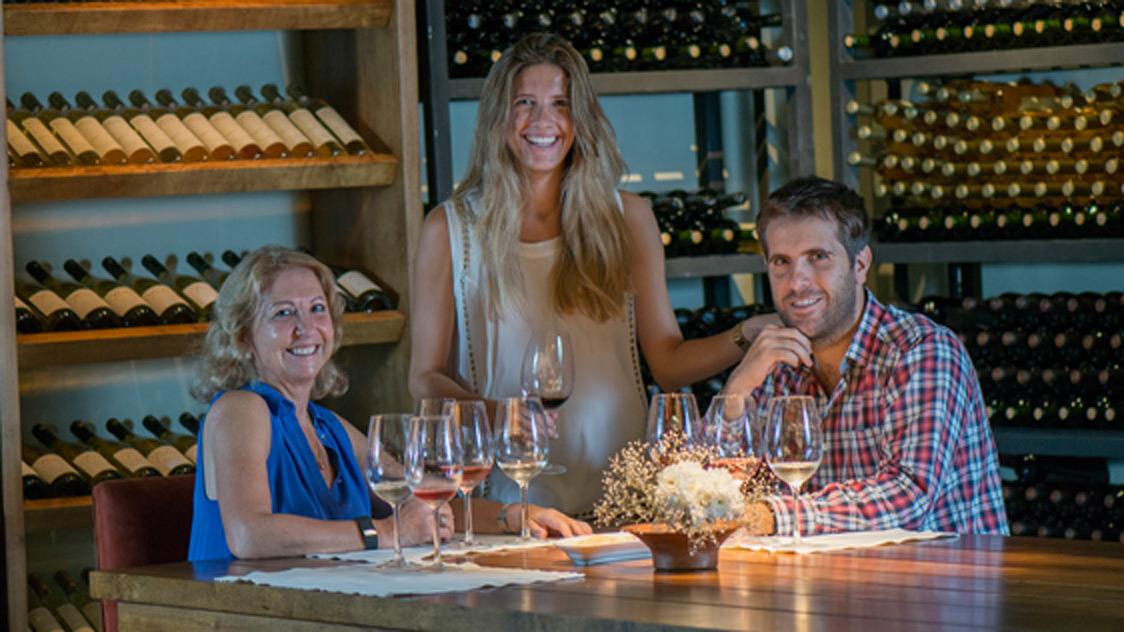
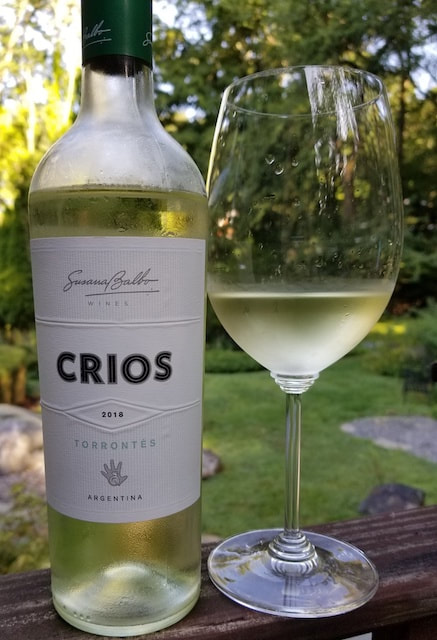

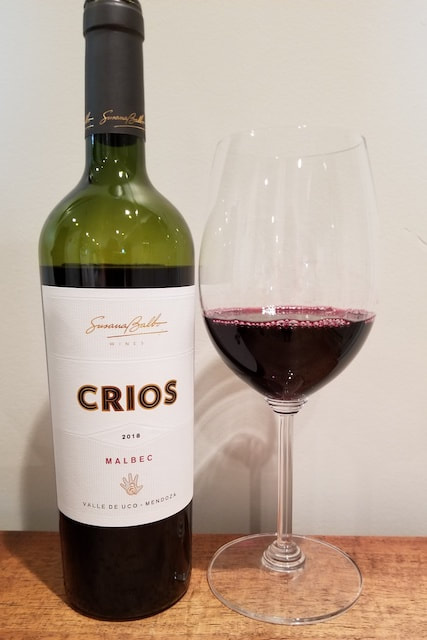
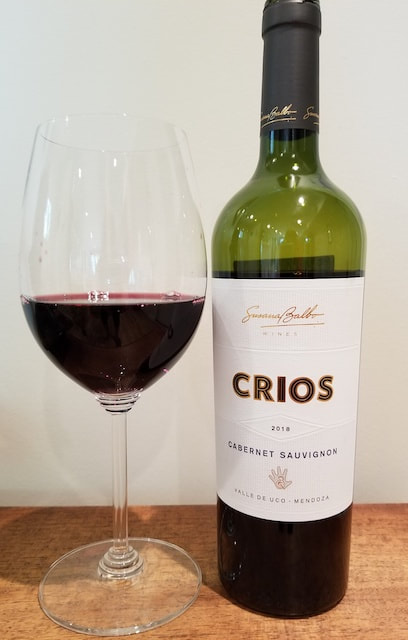
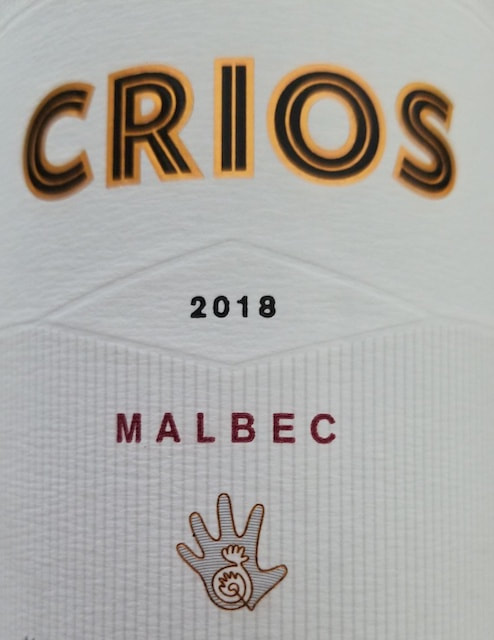
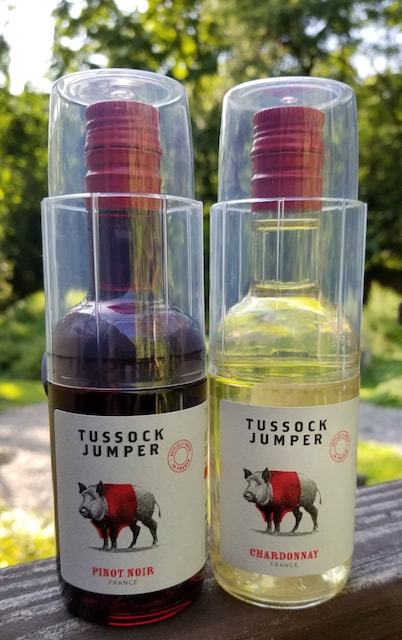
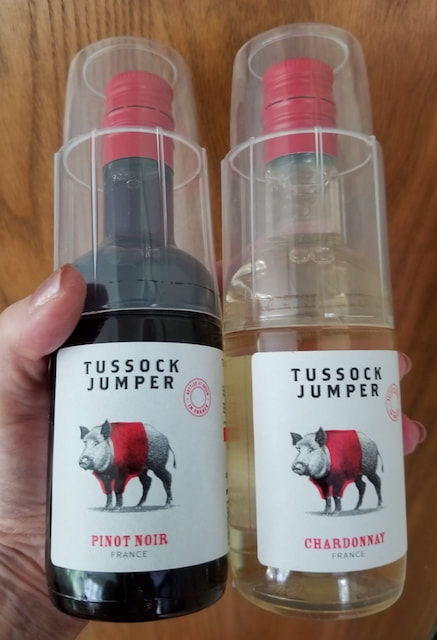

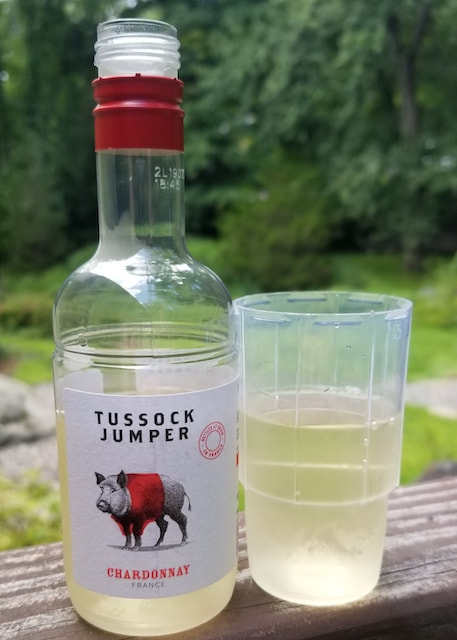
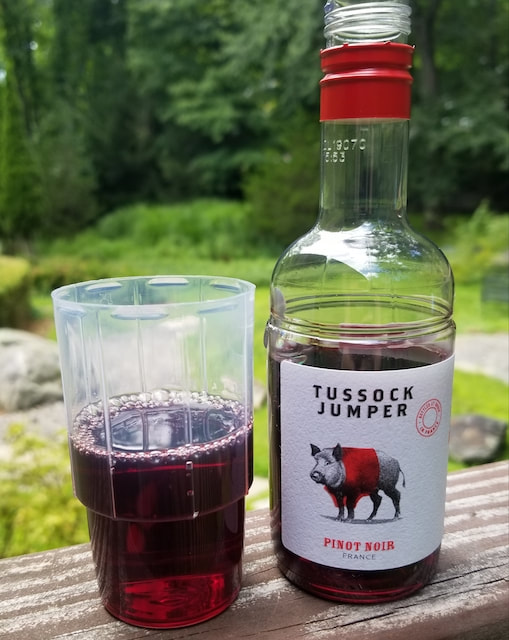
 RSS Feed
RSS Feed